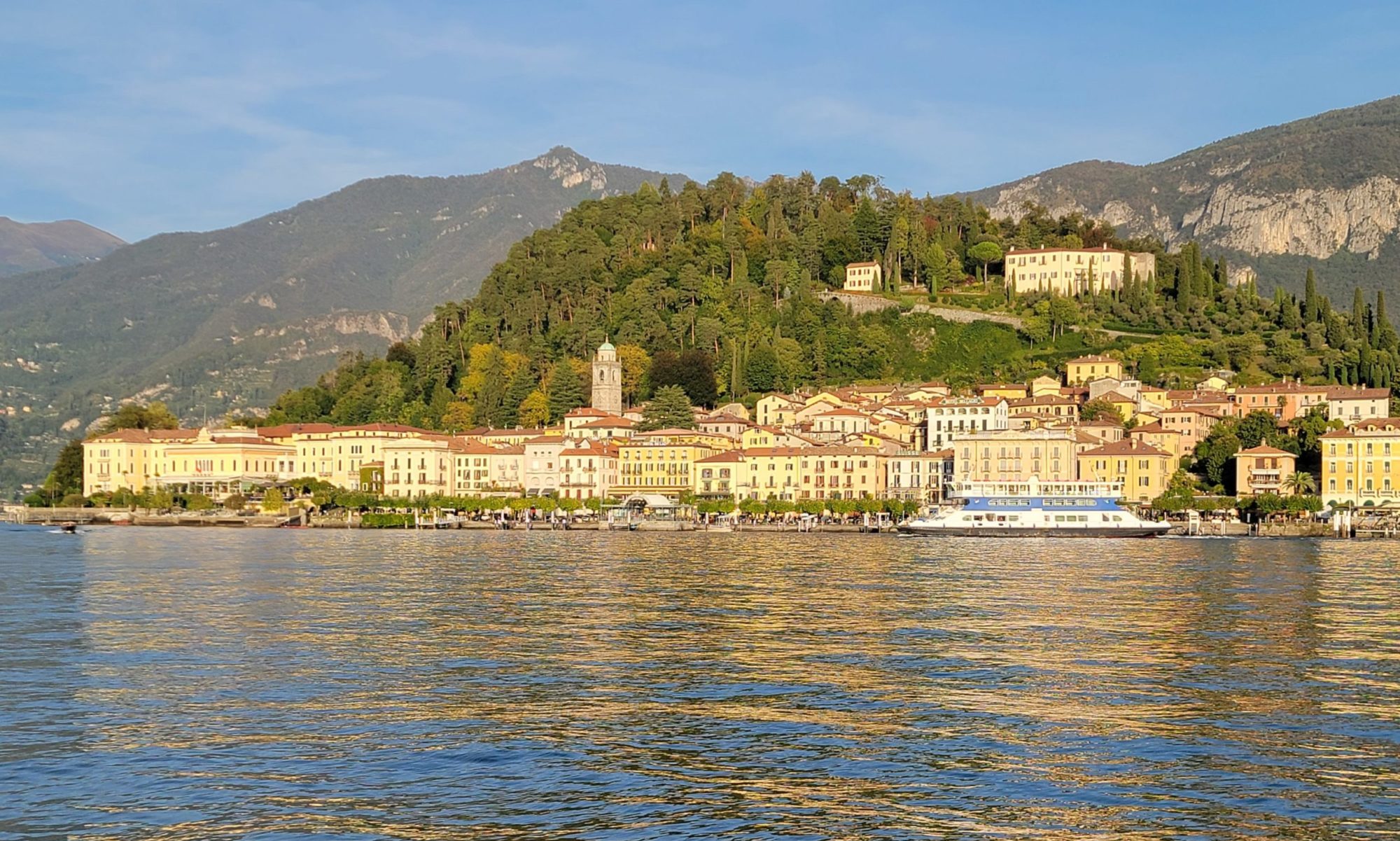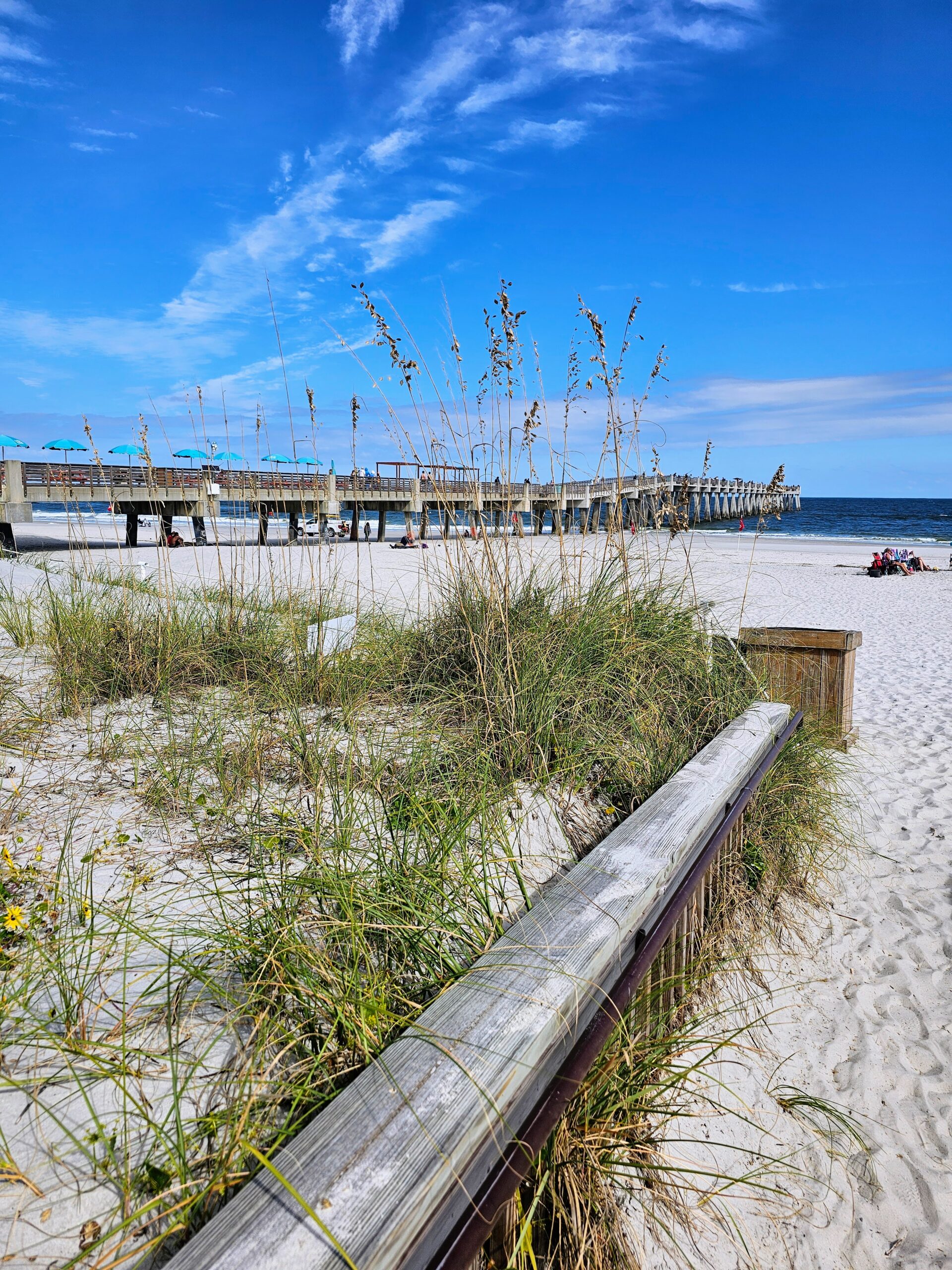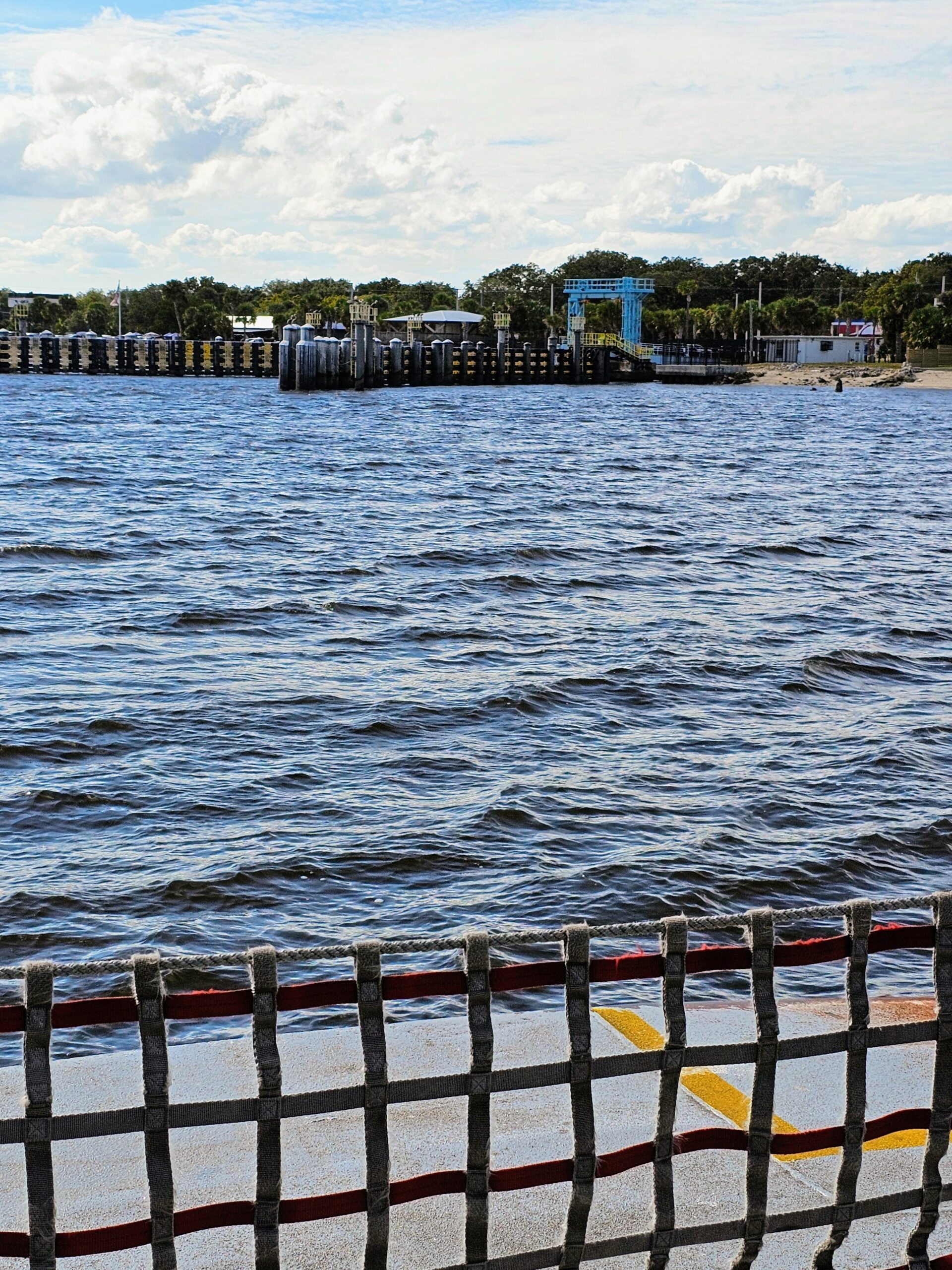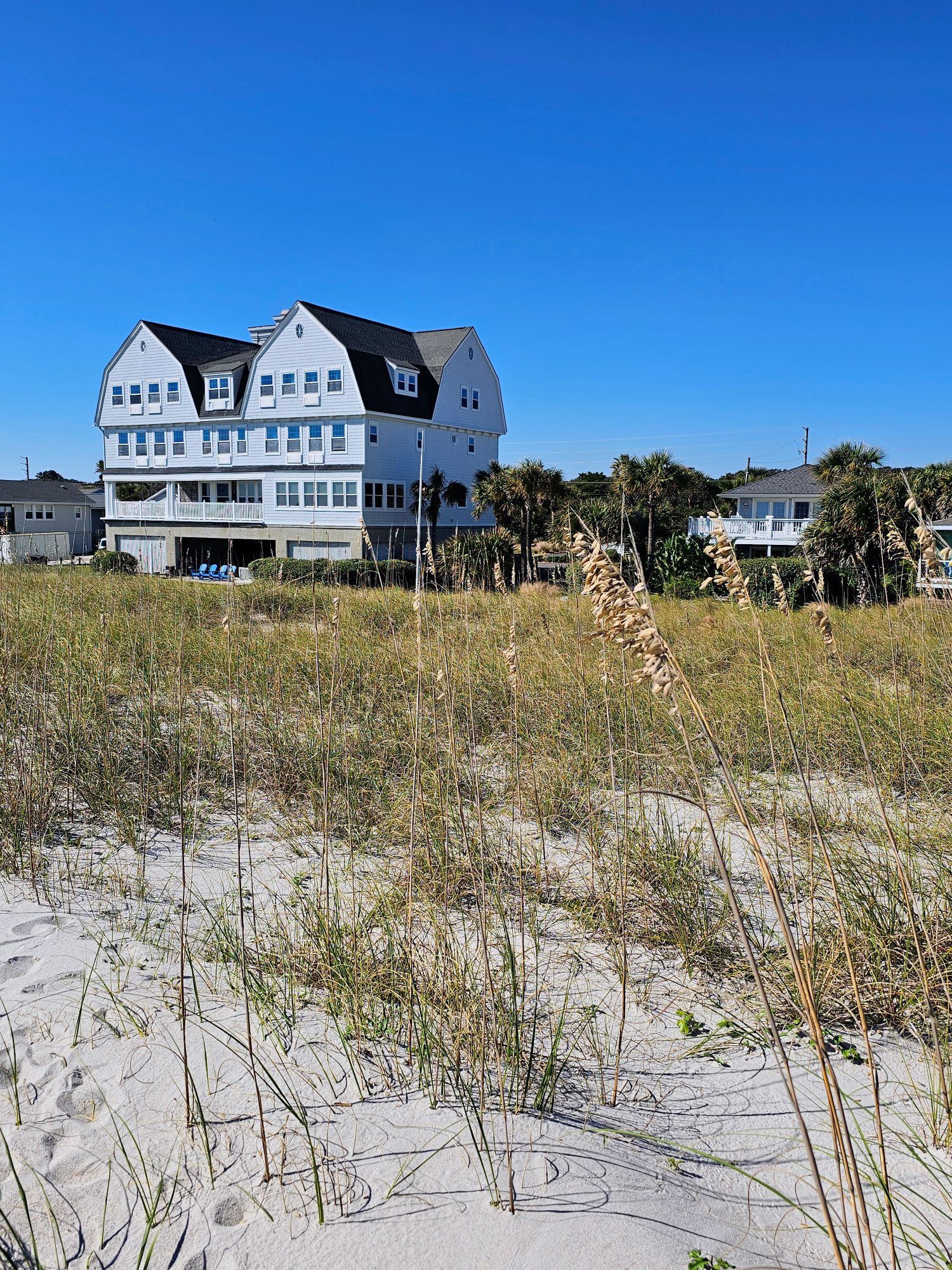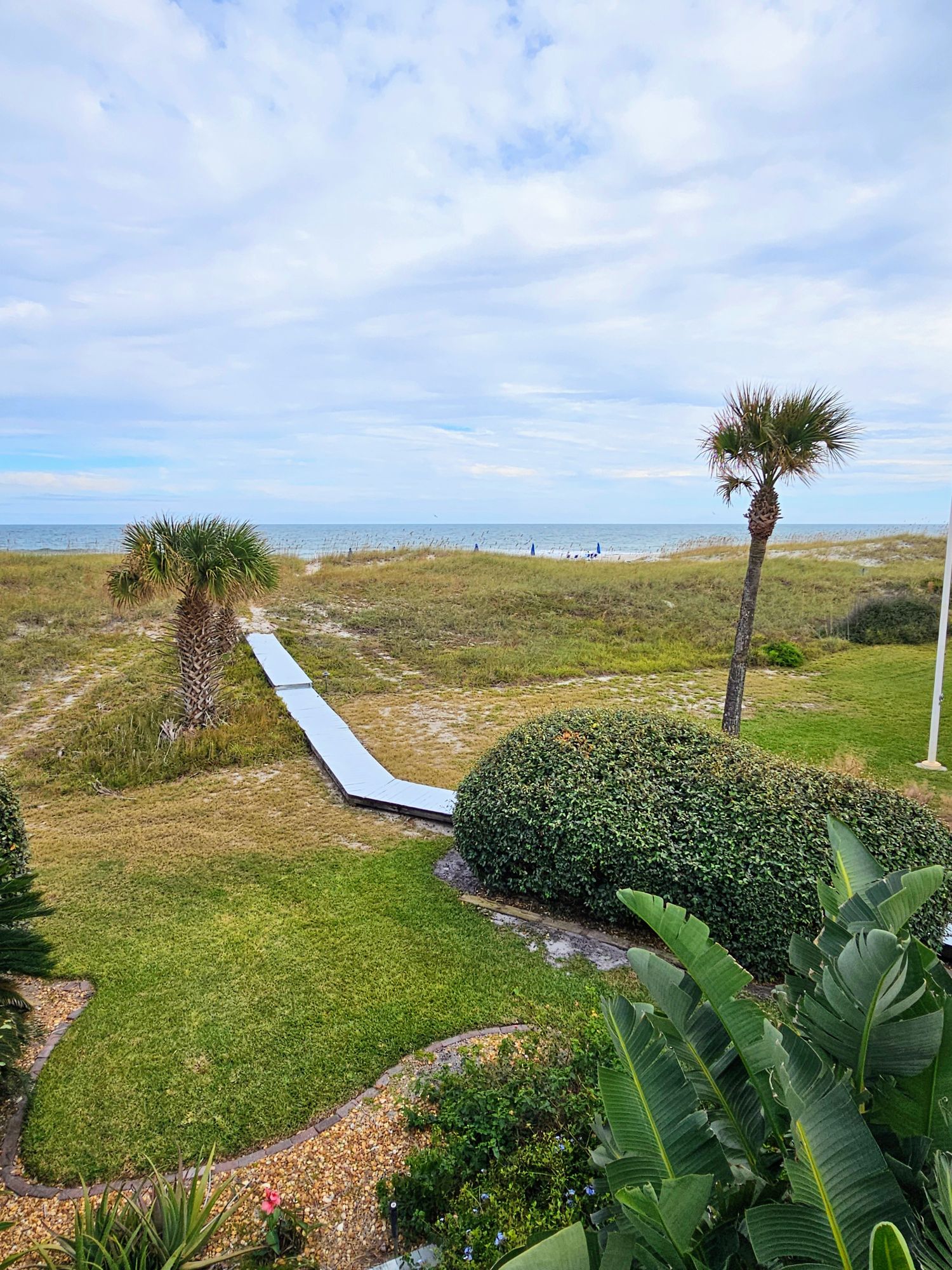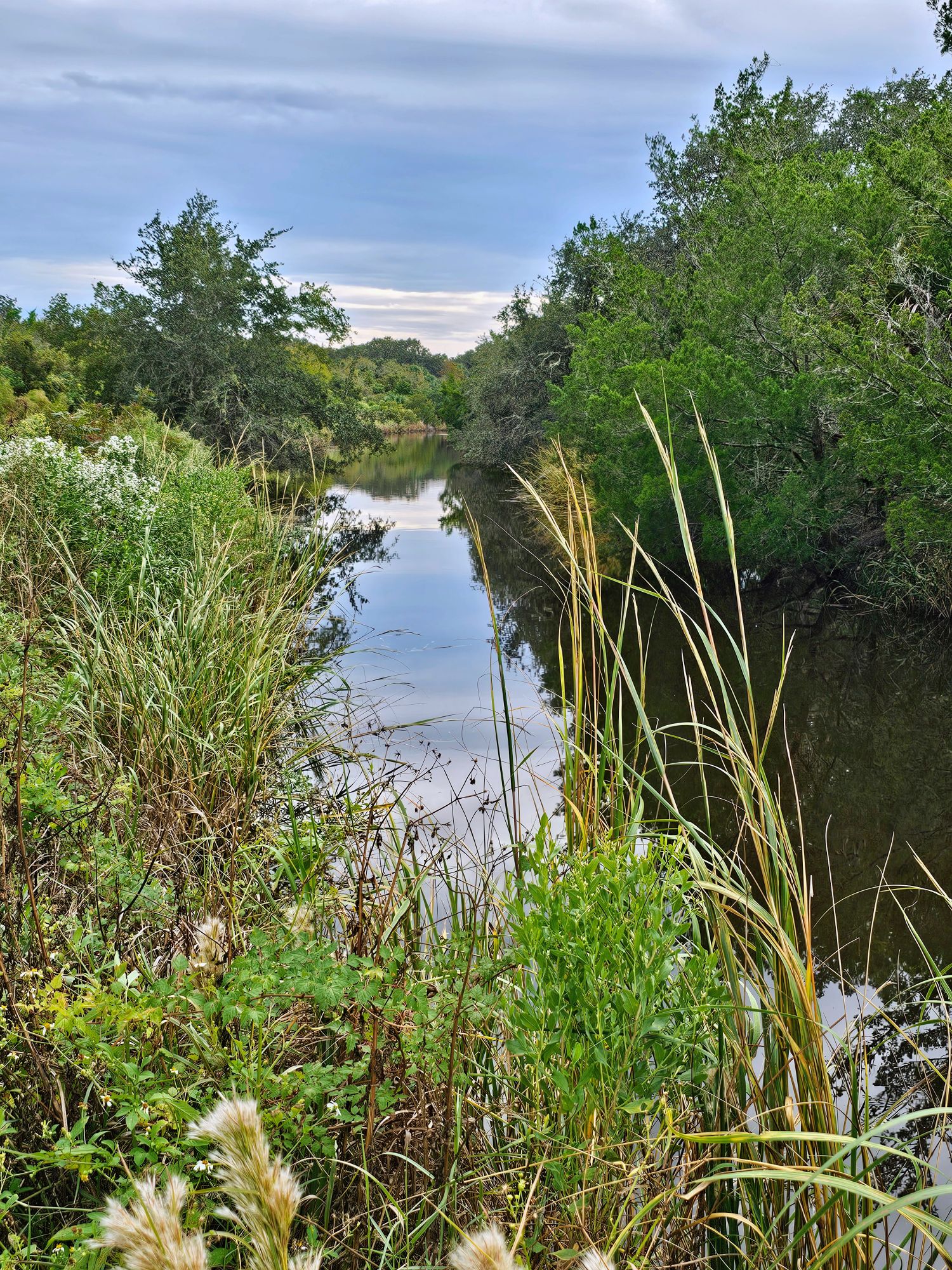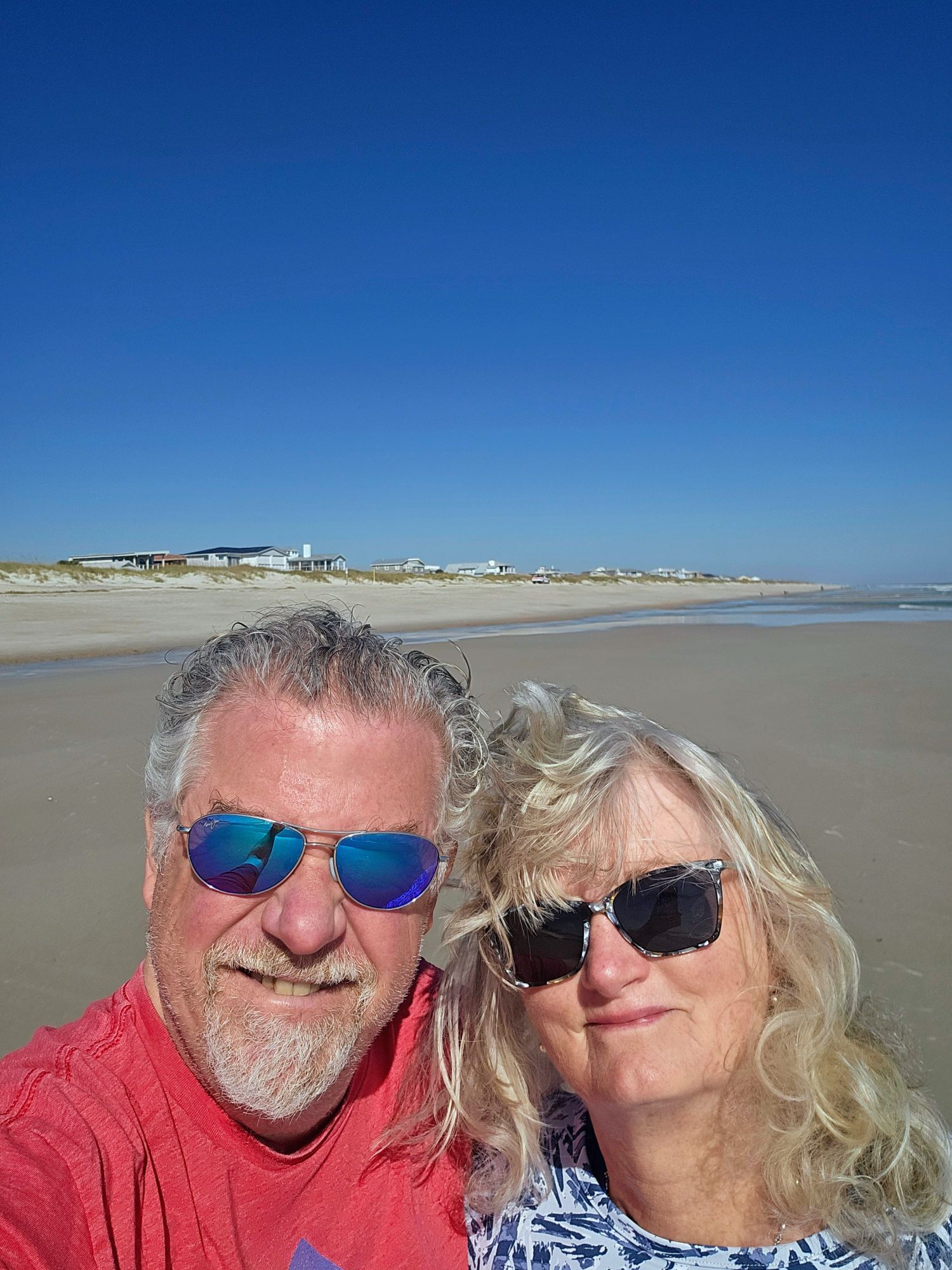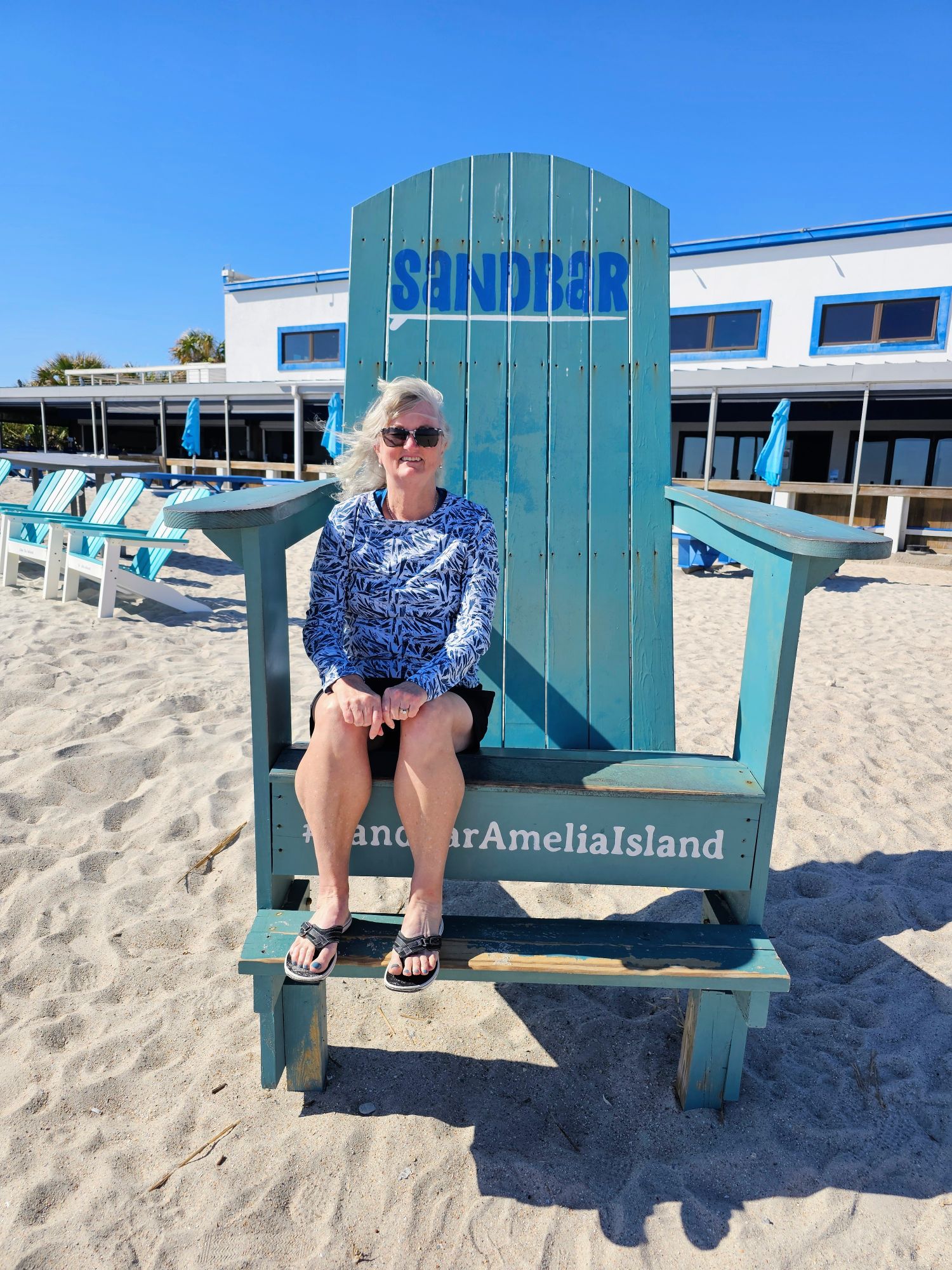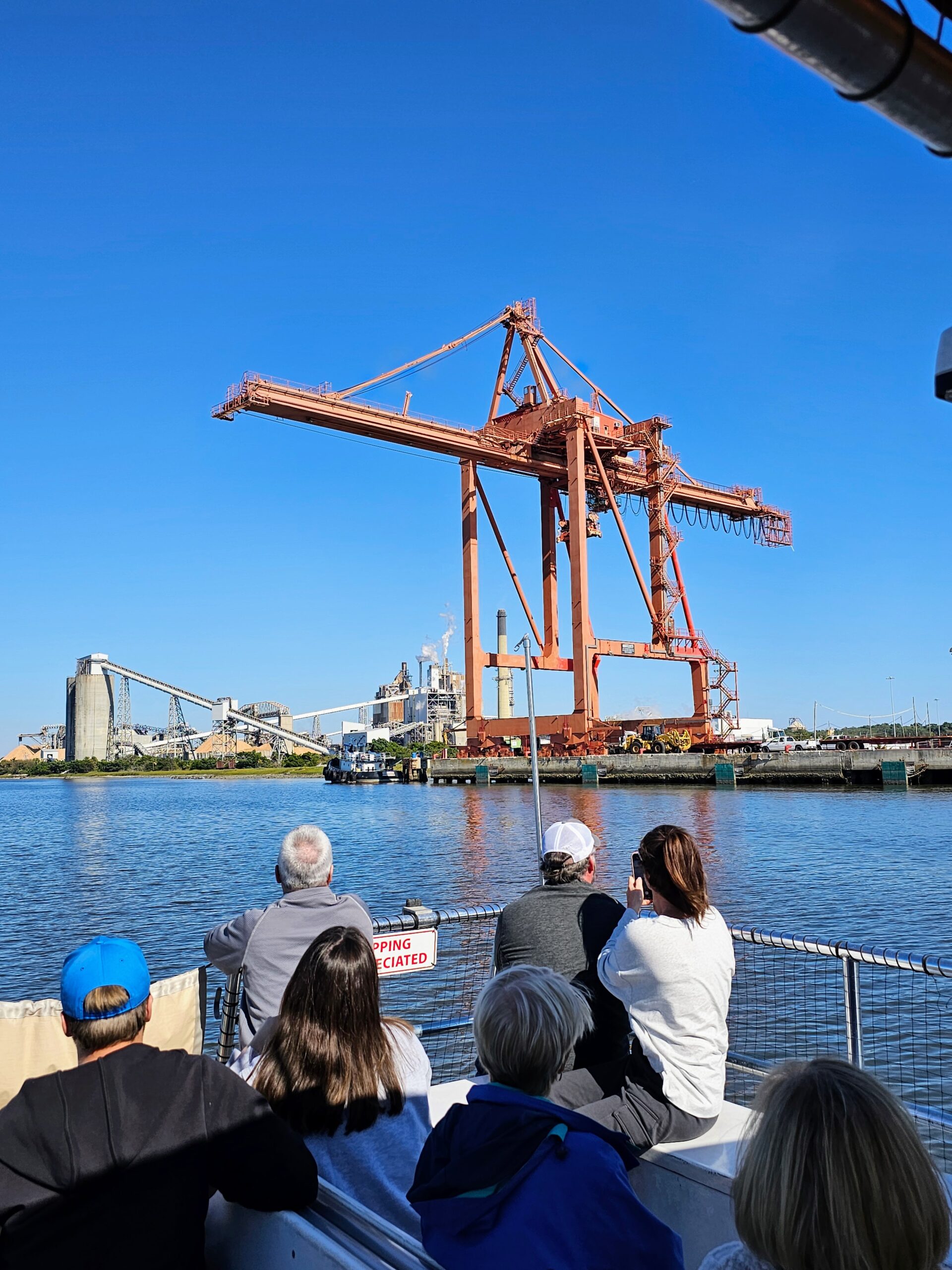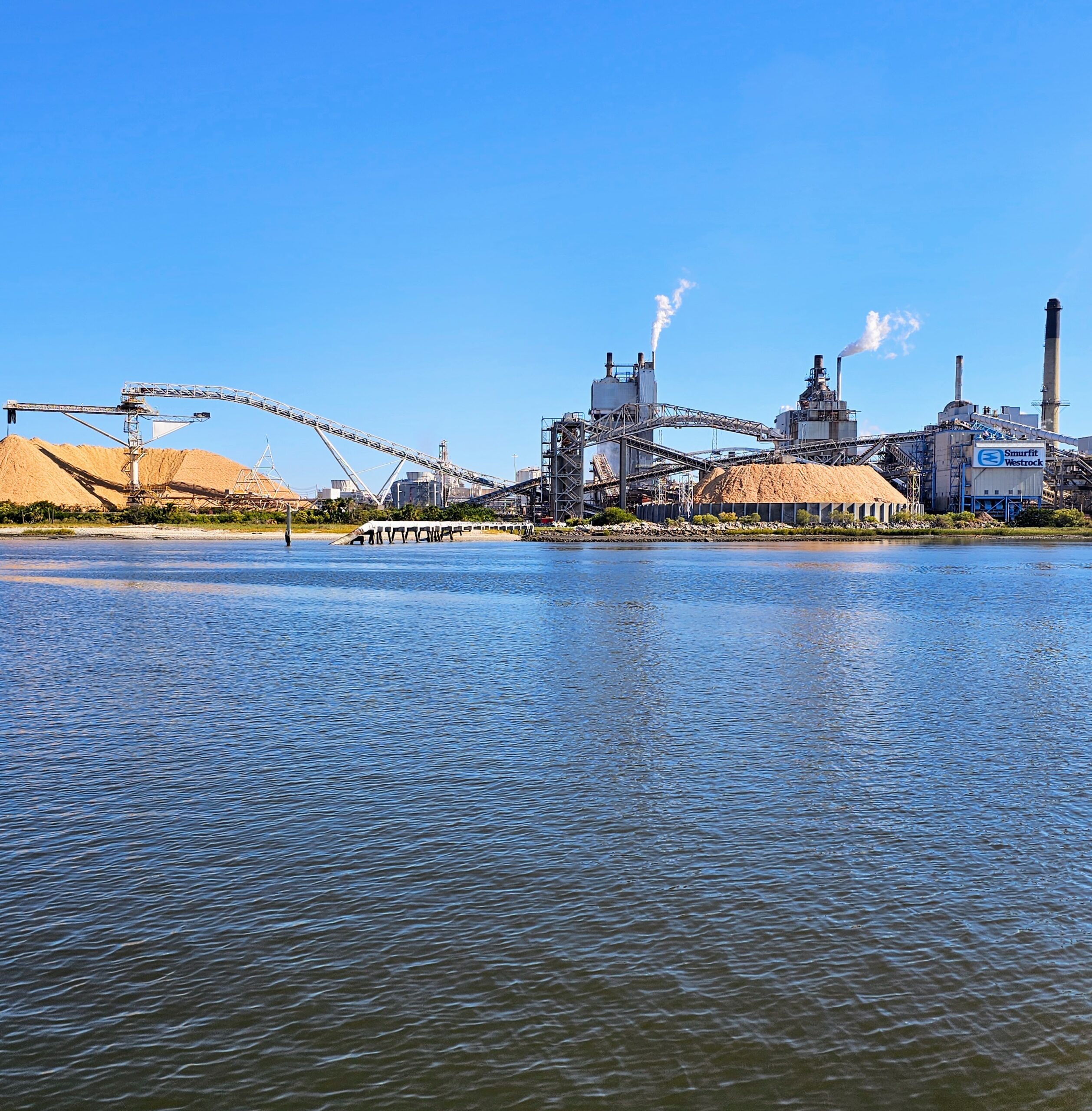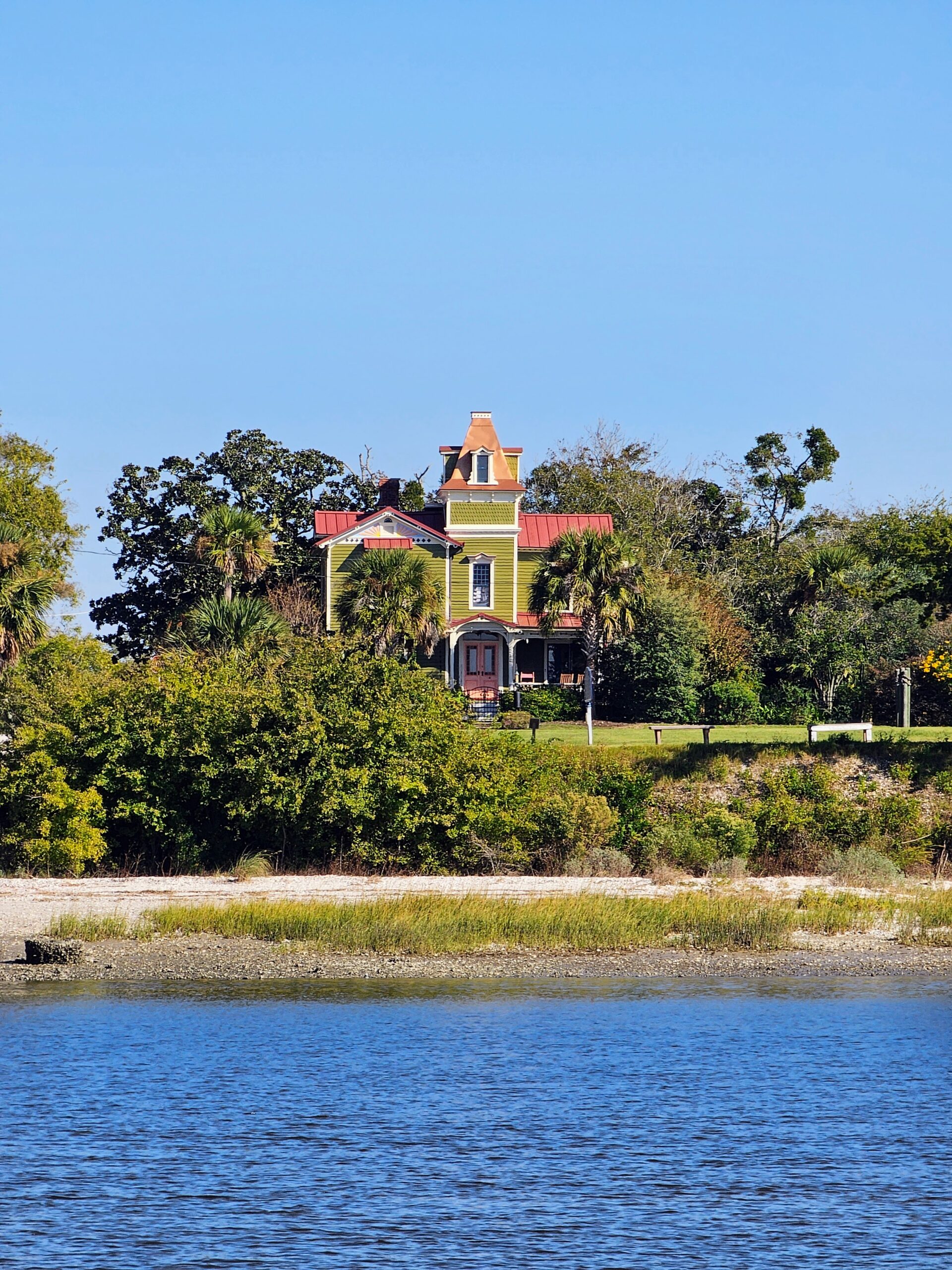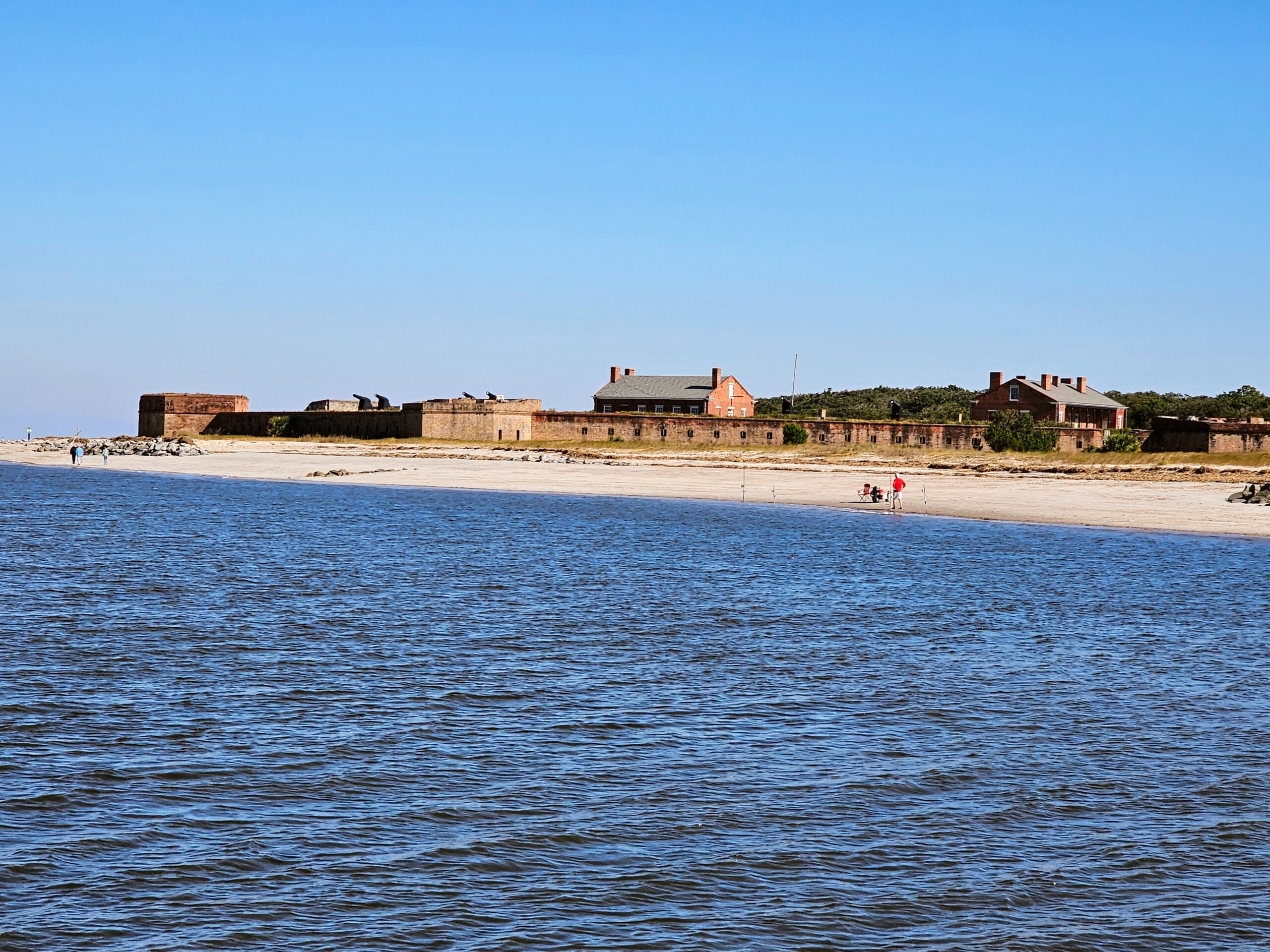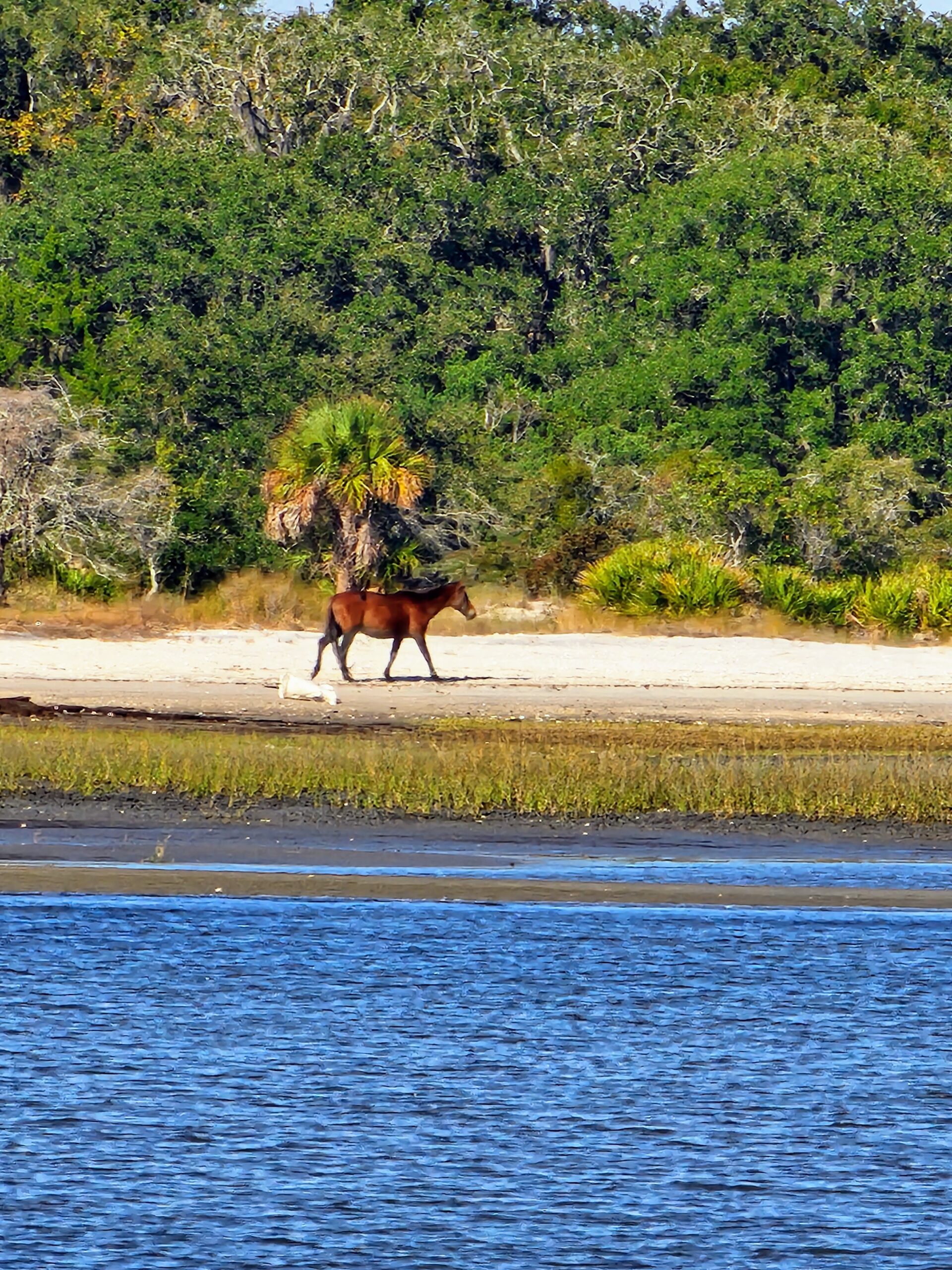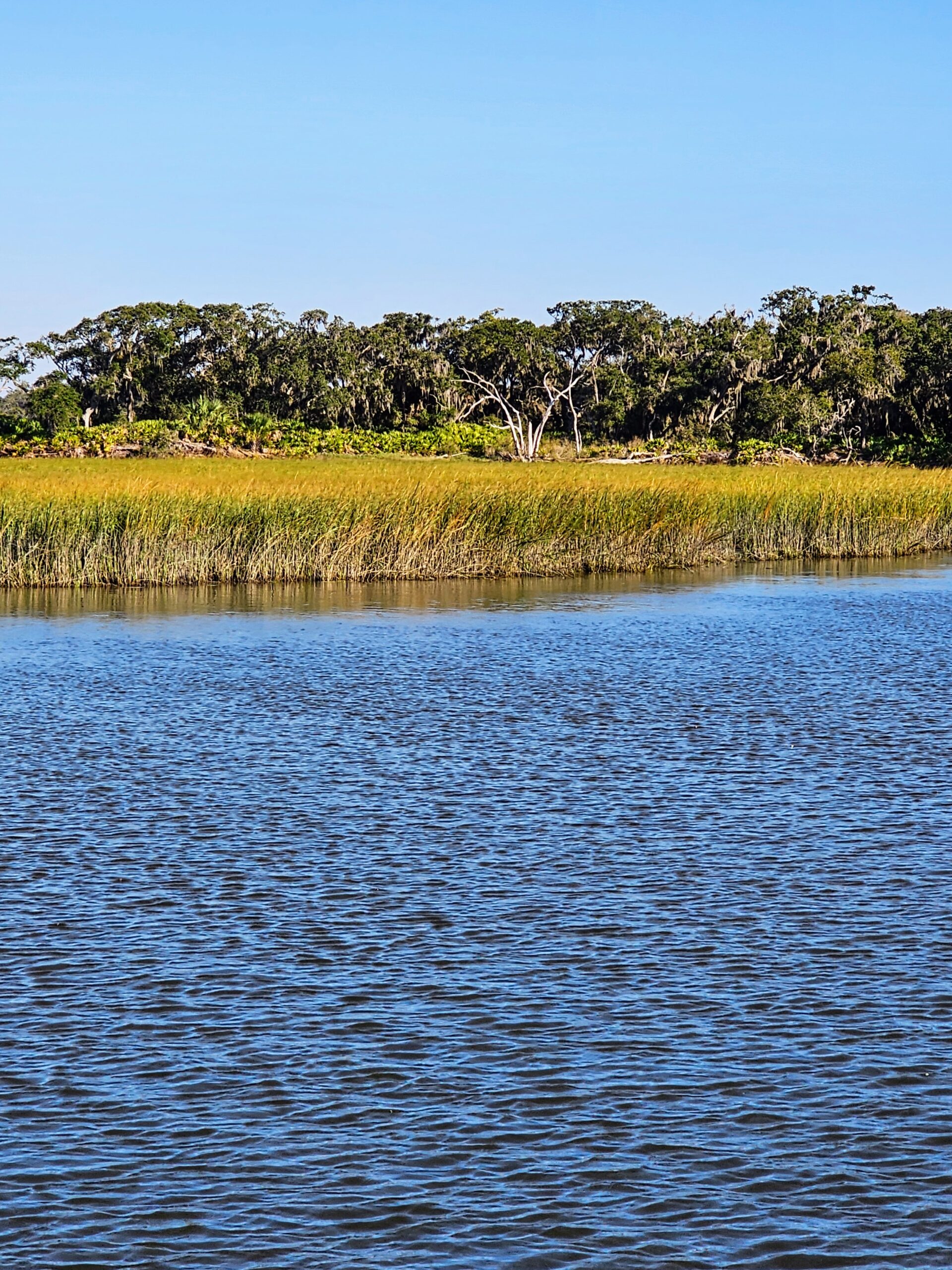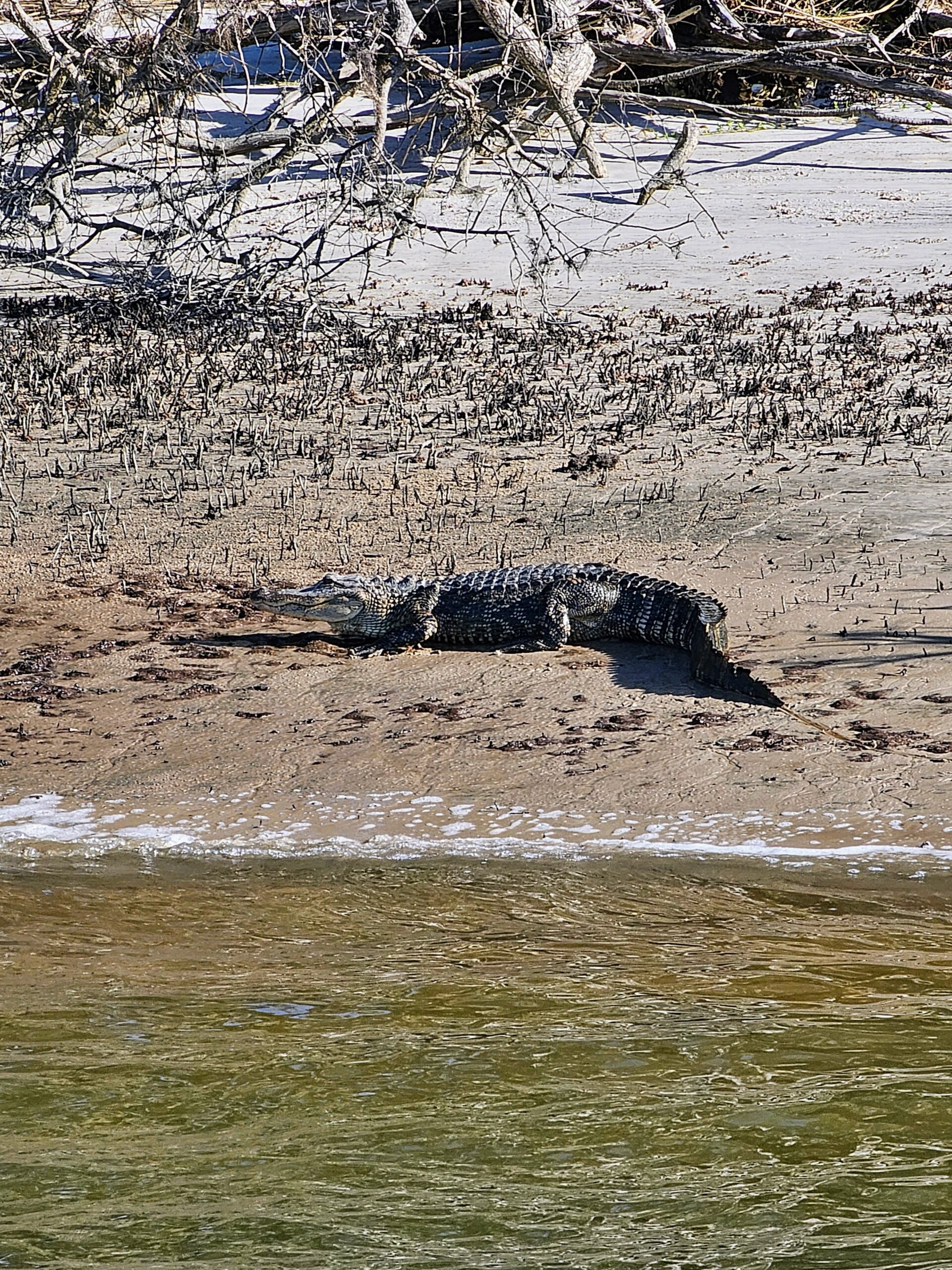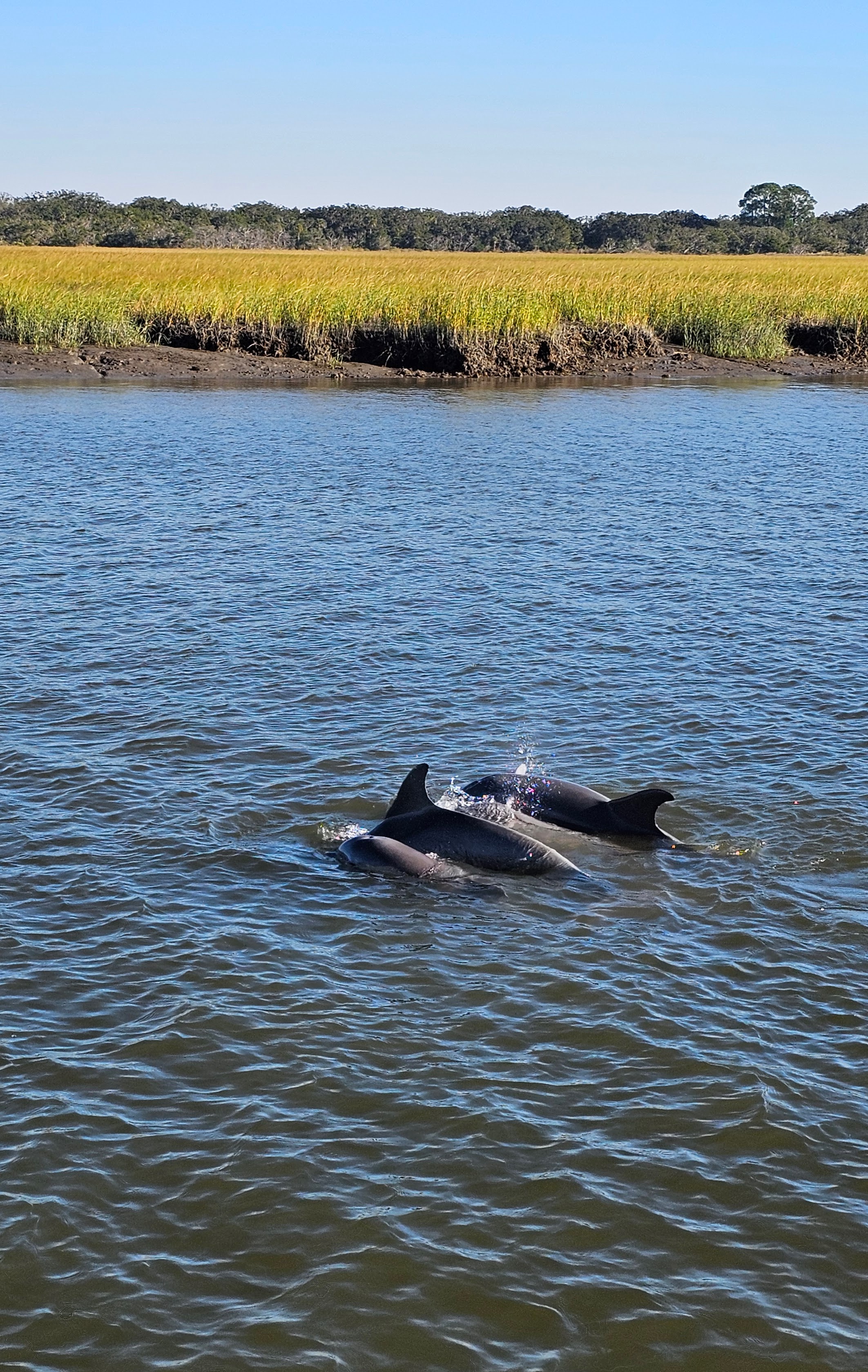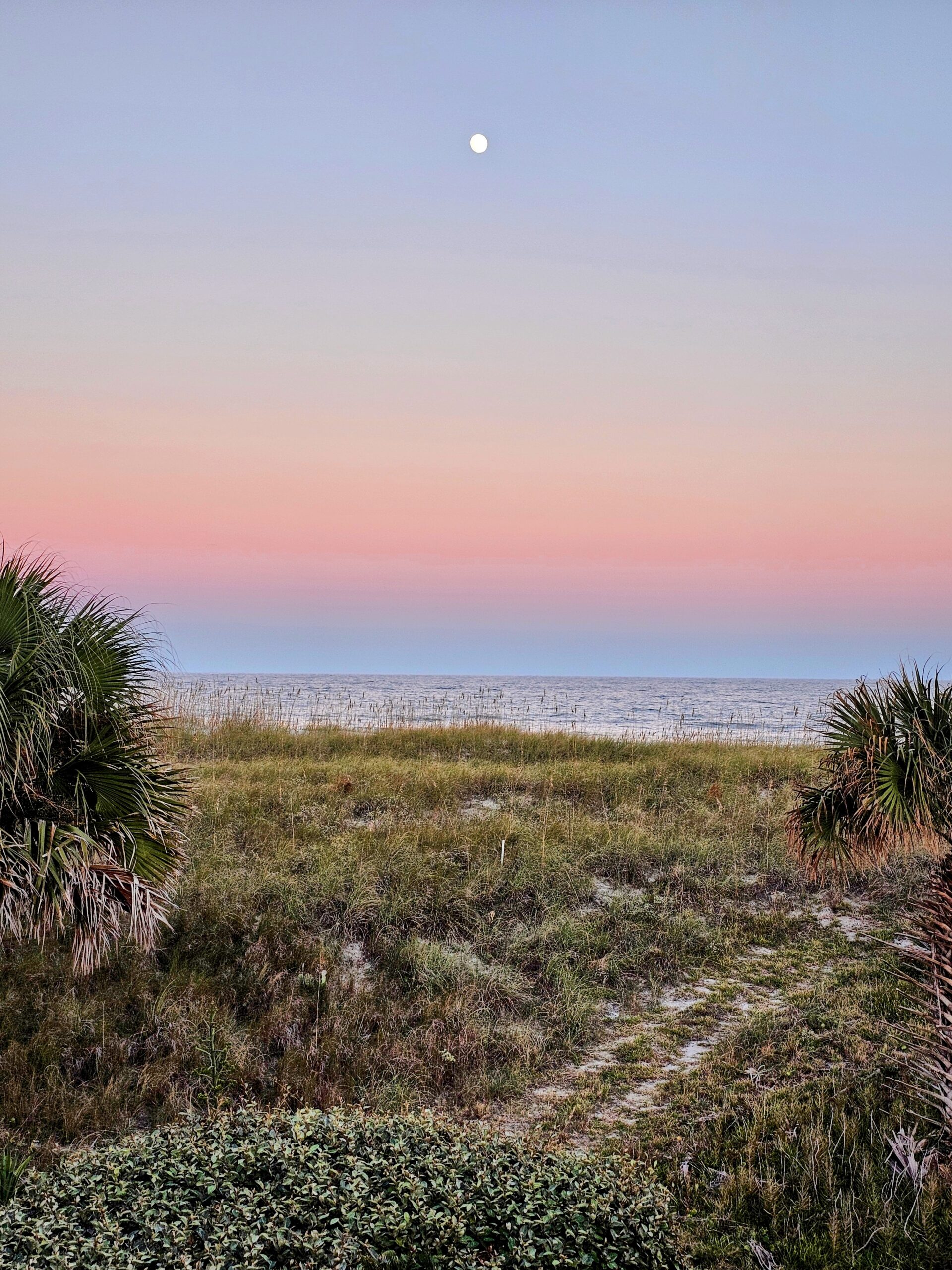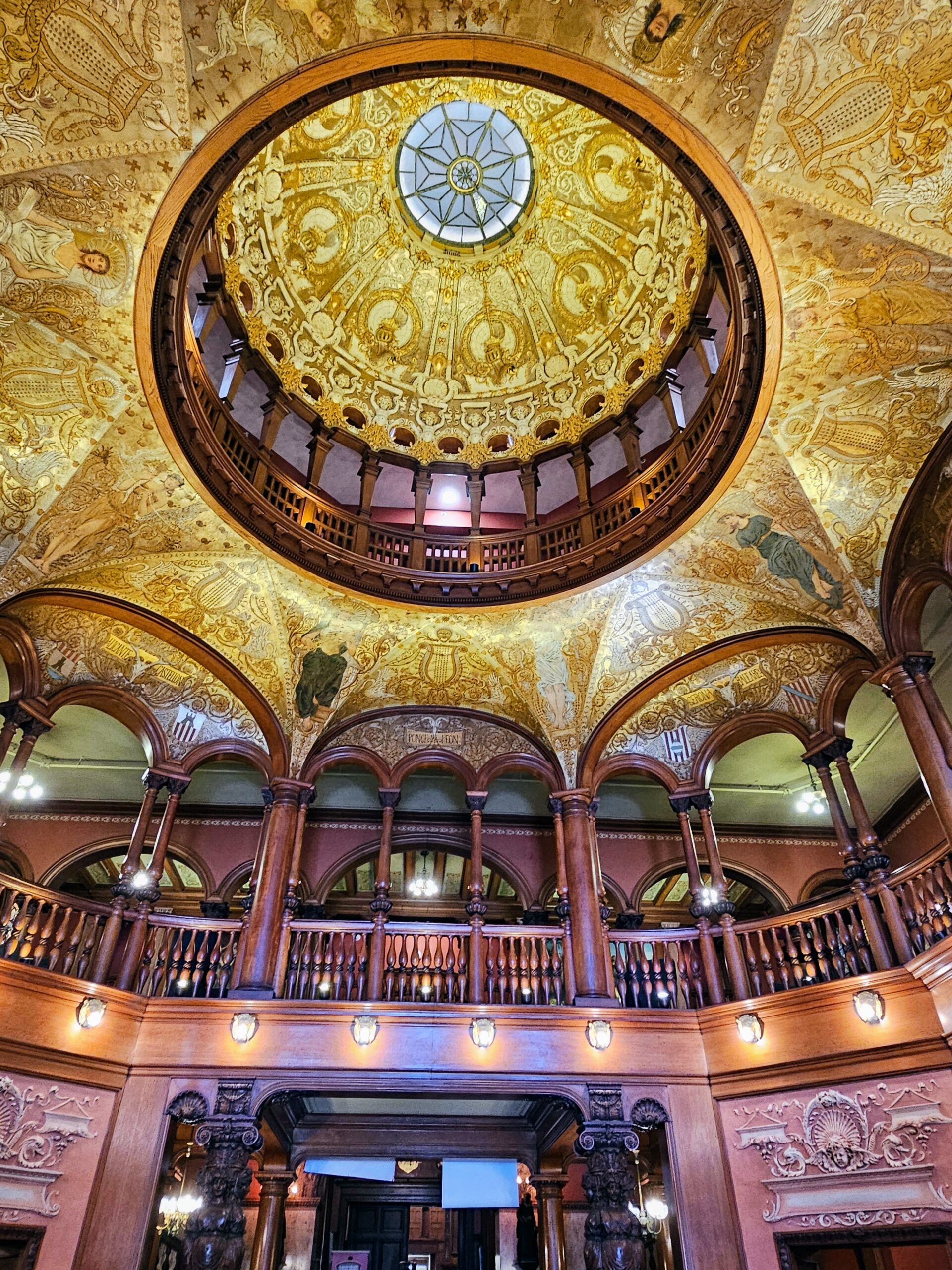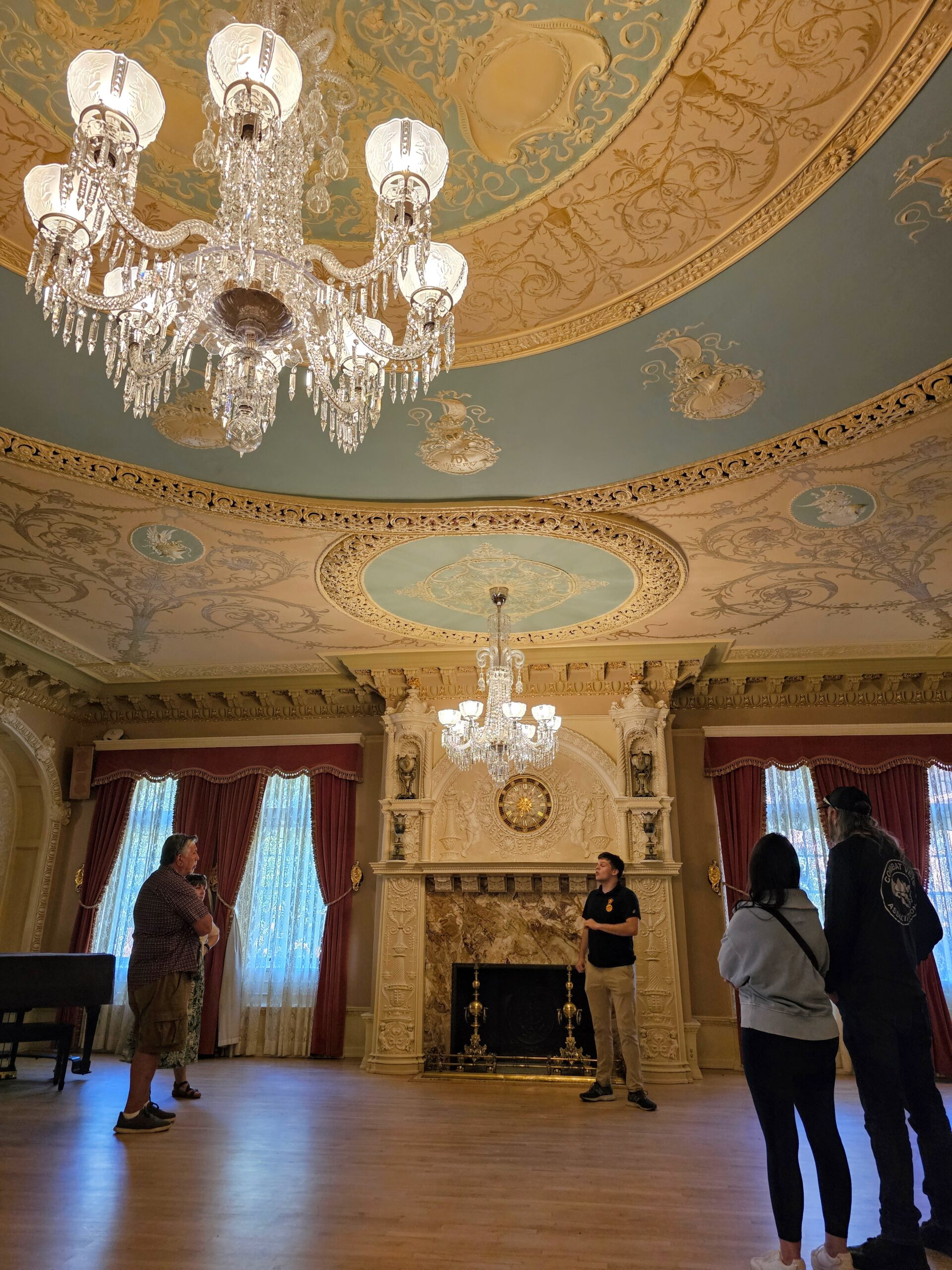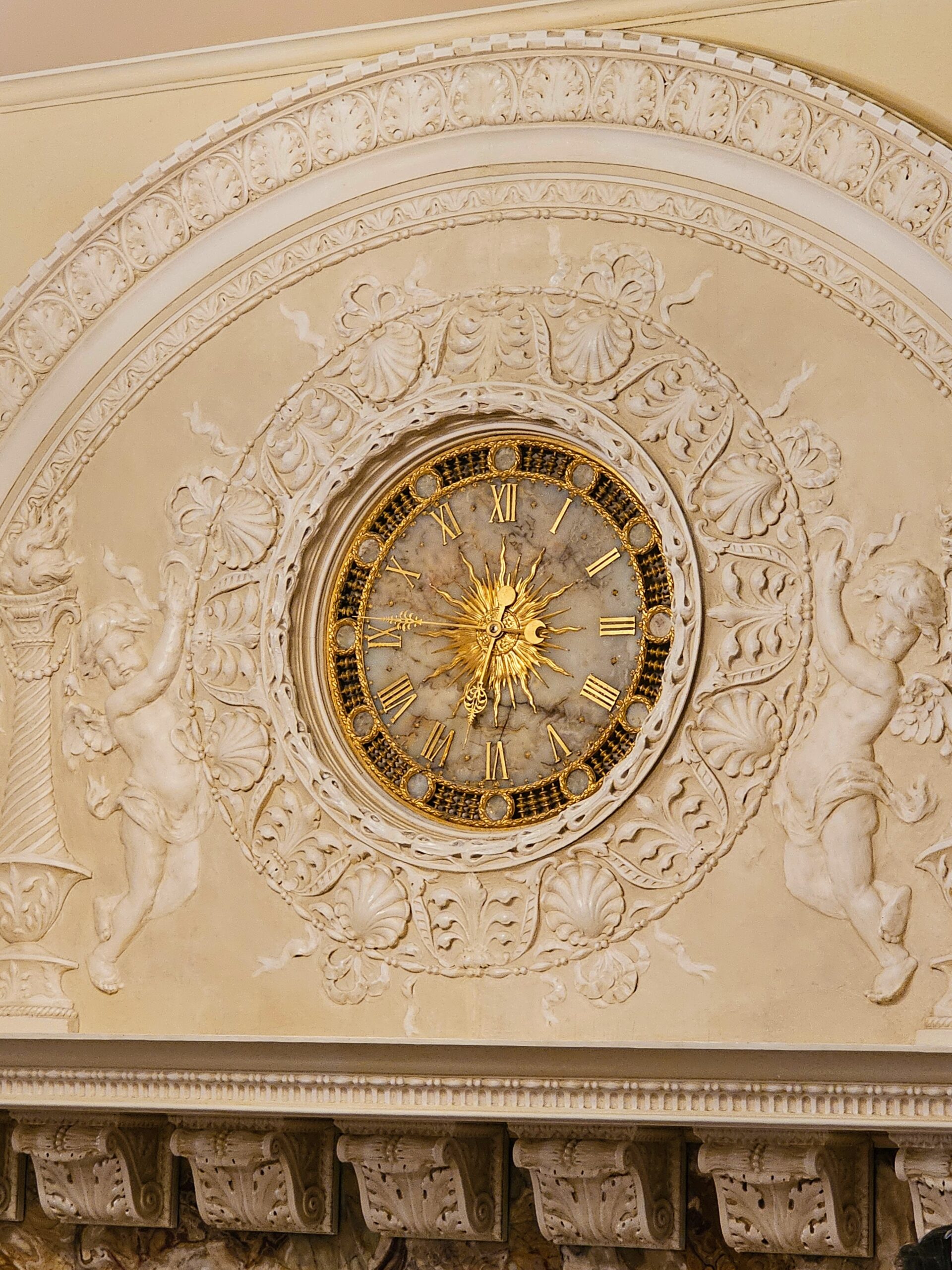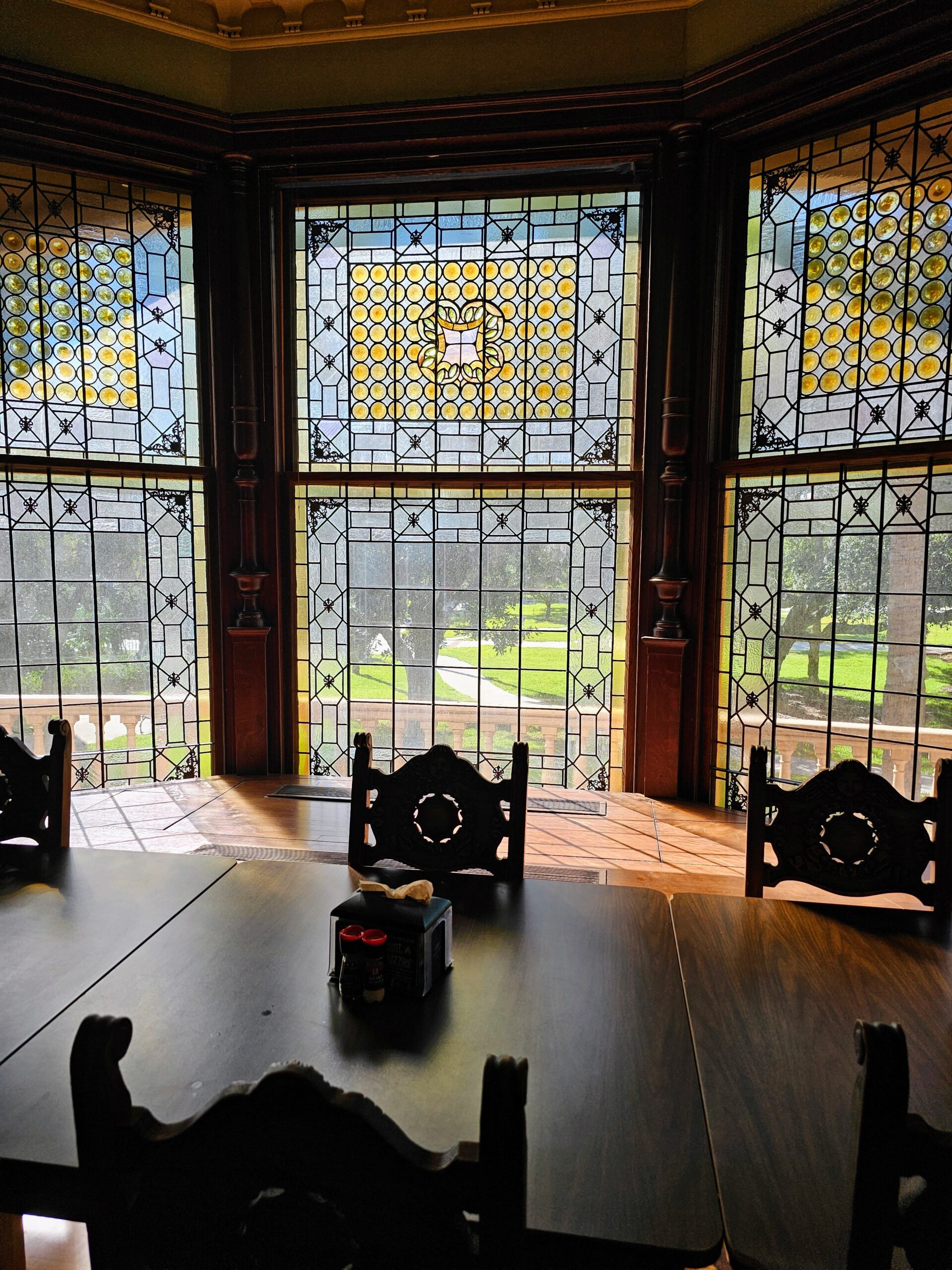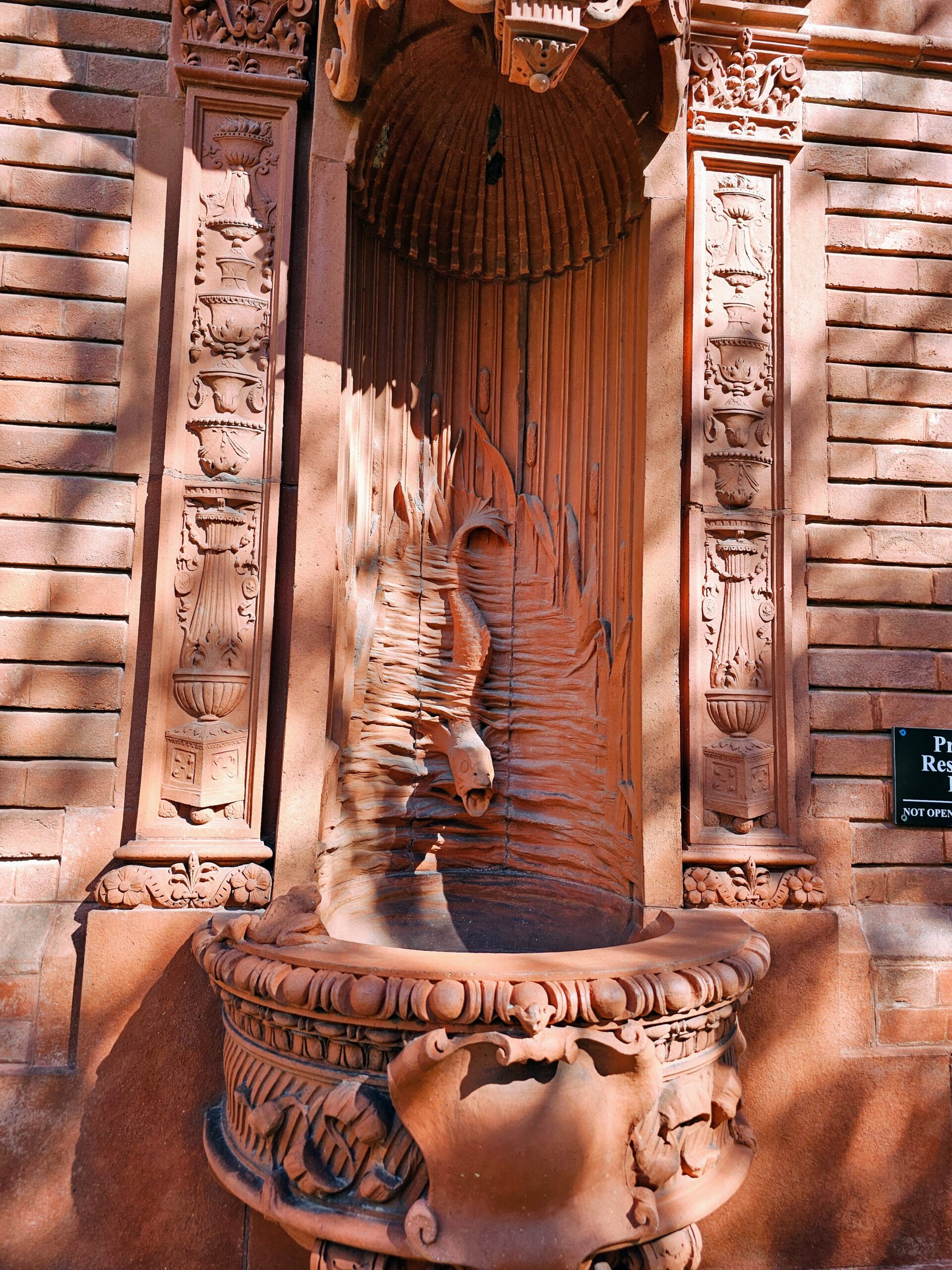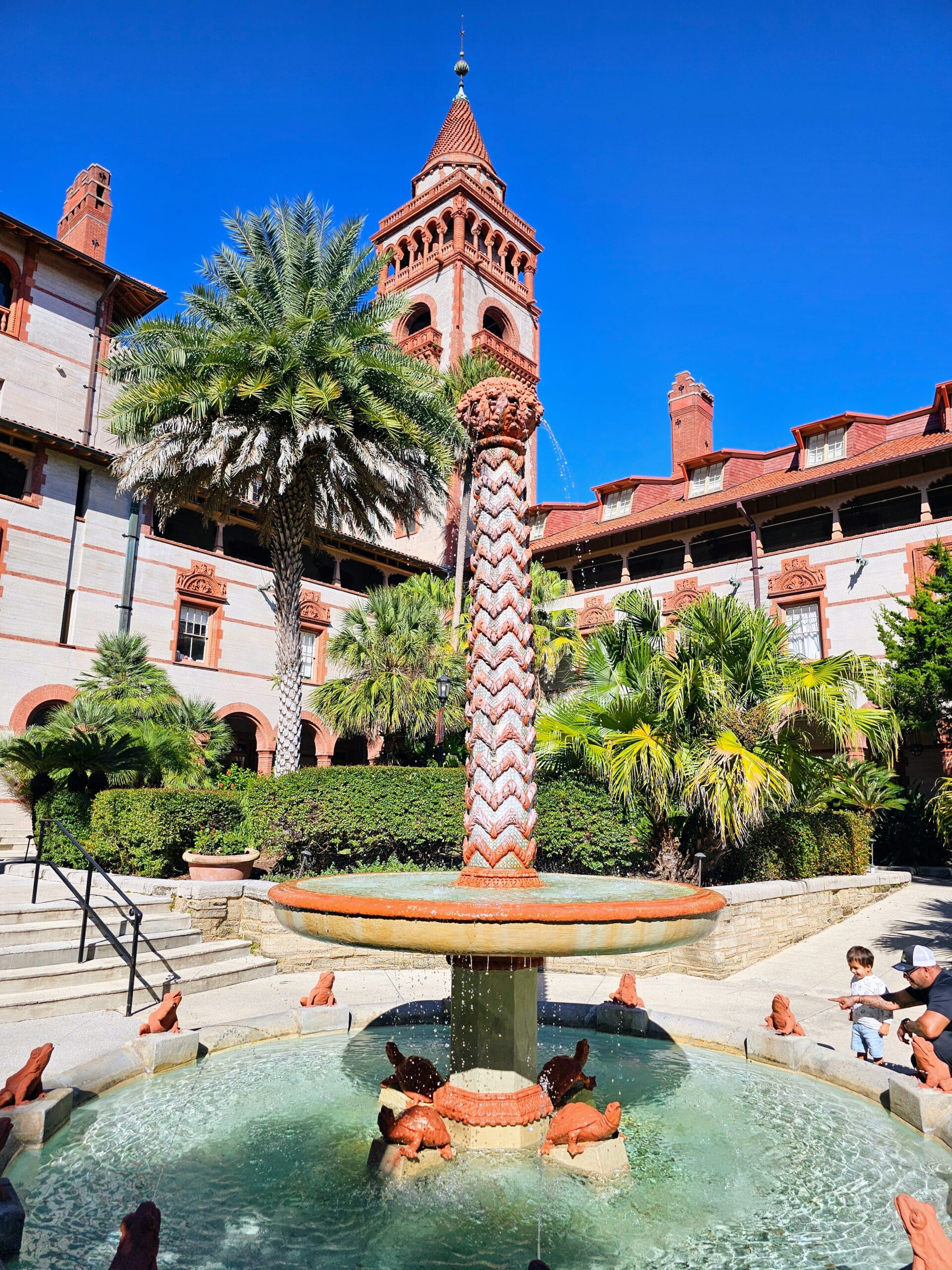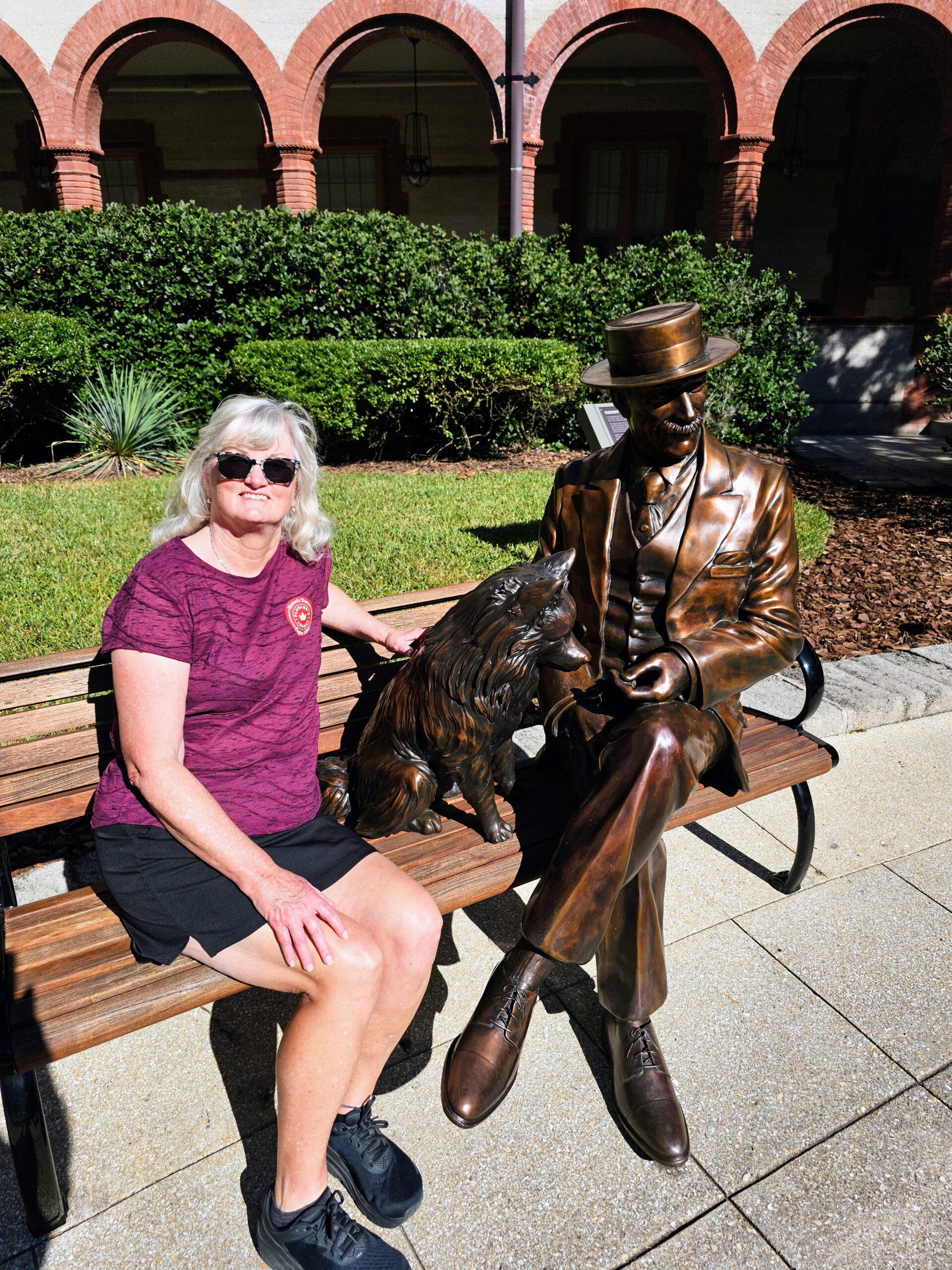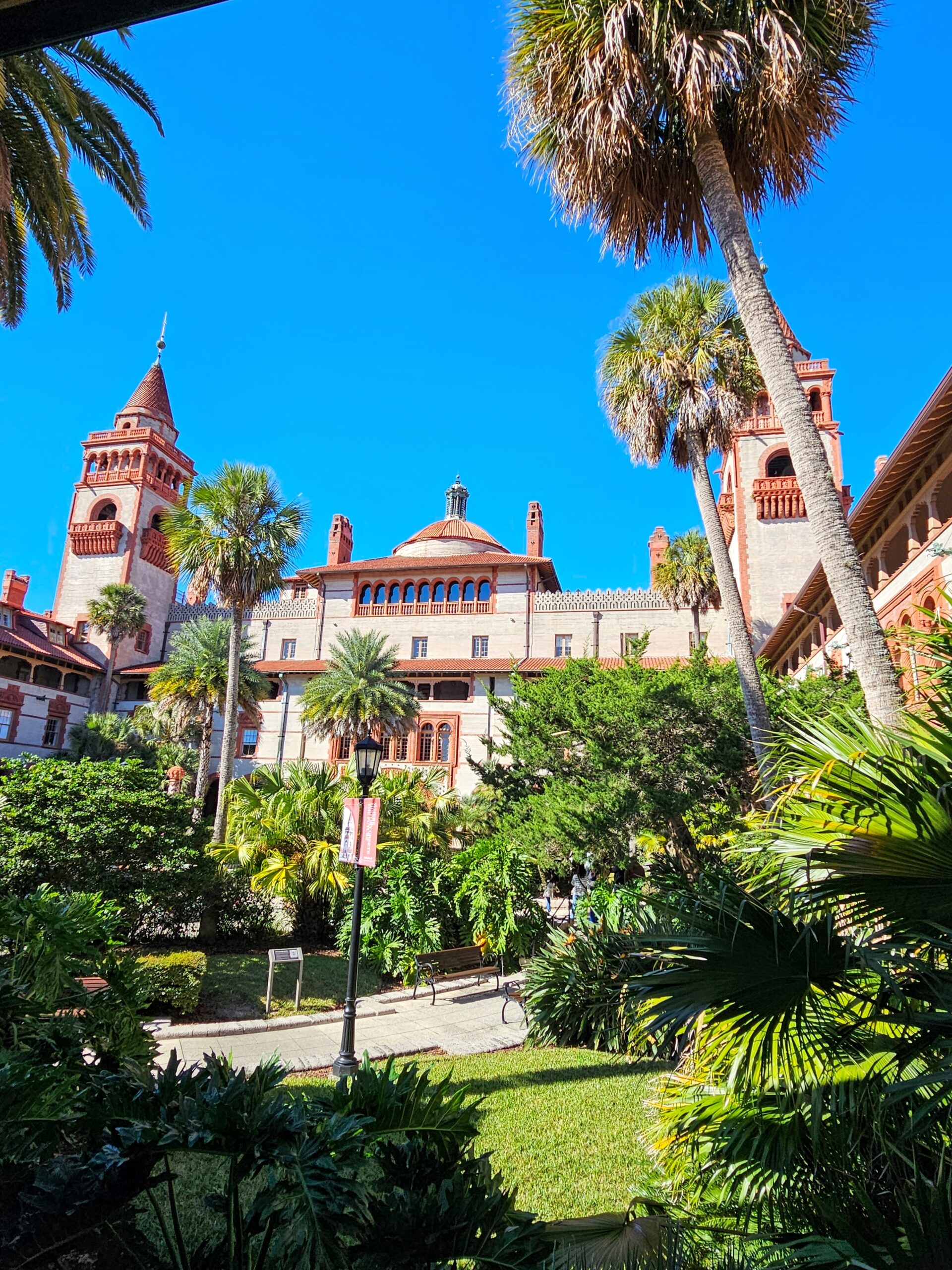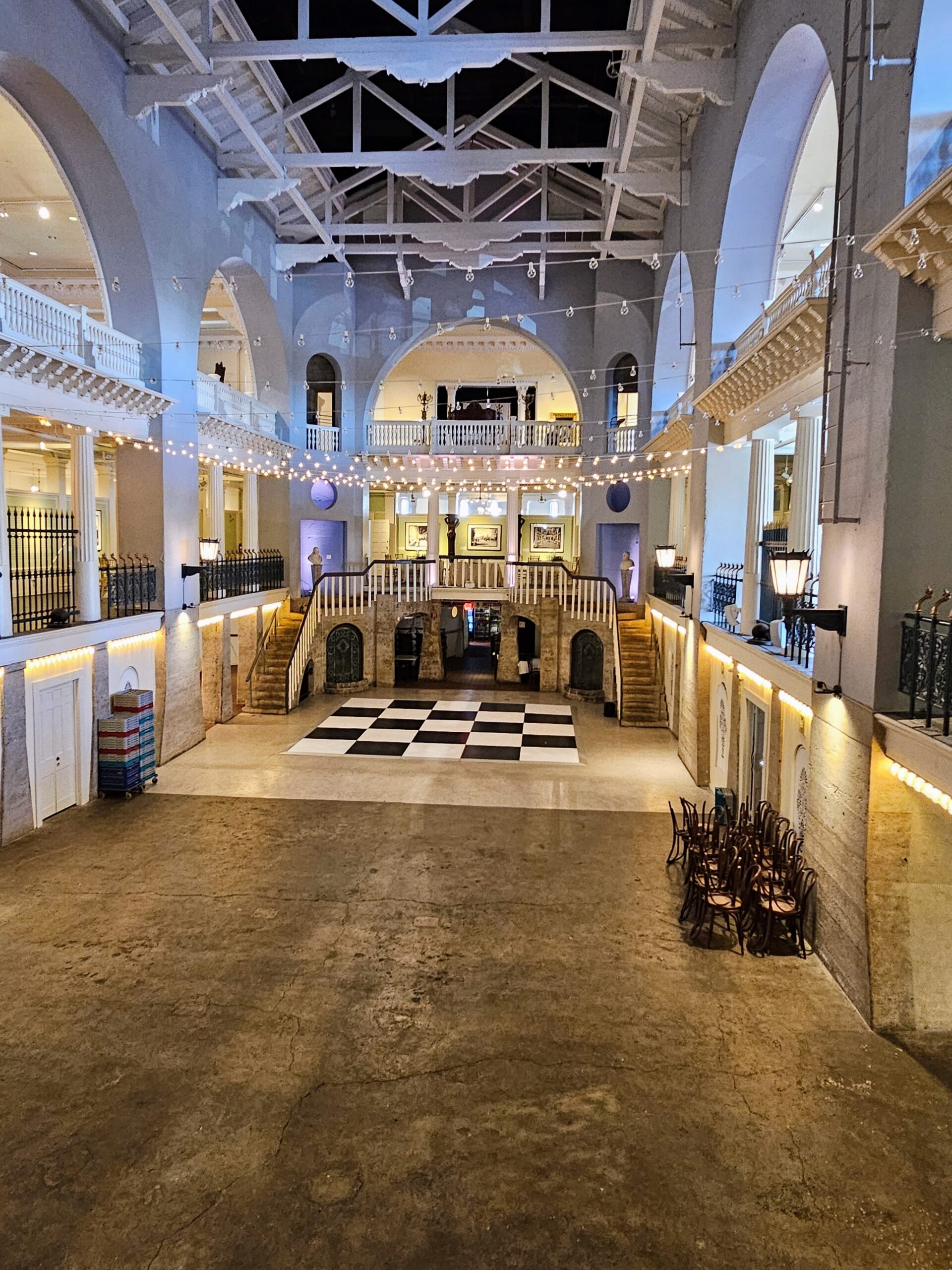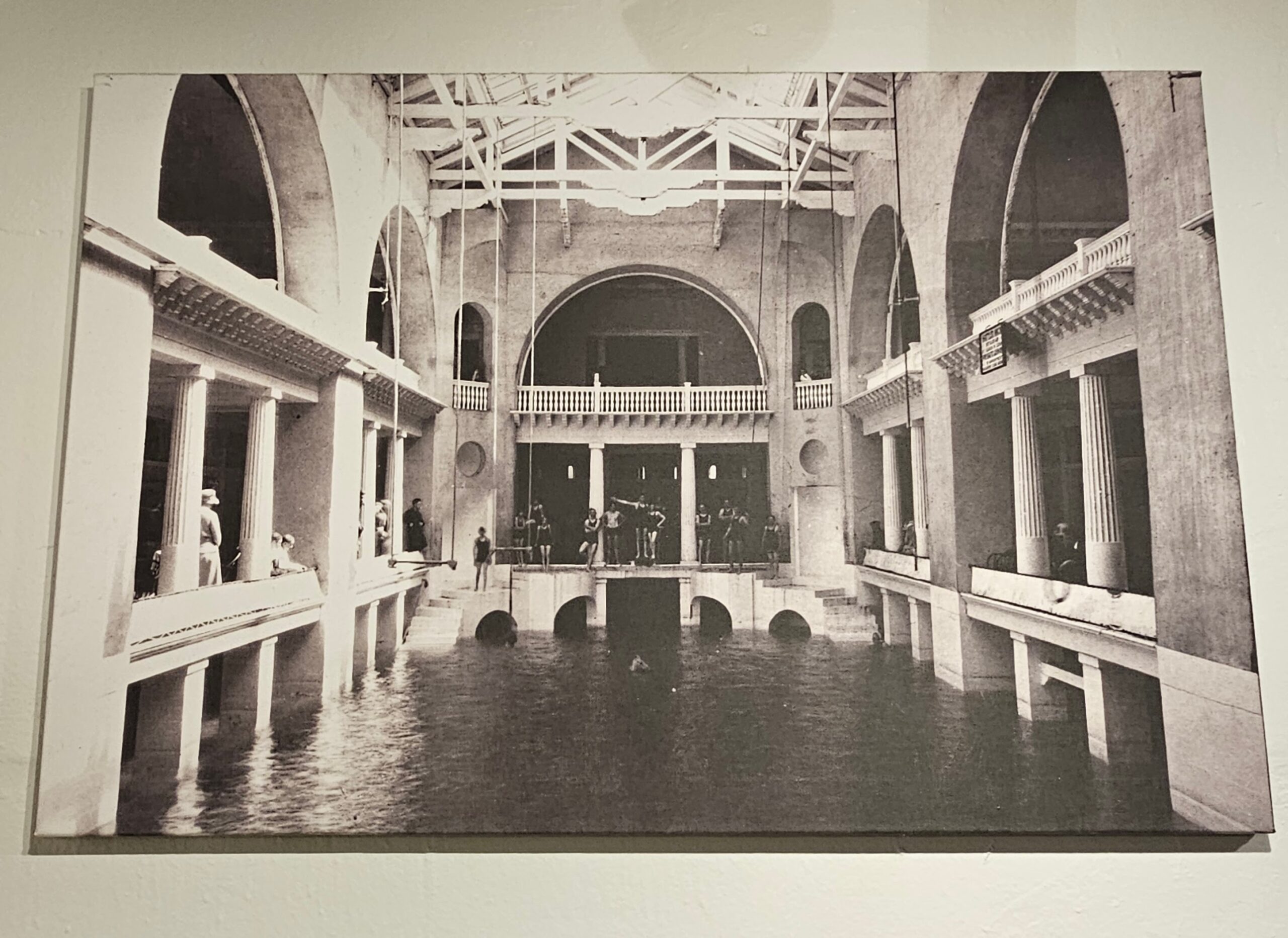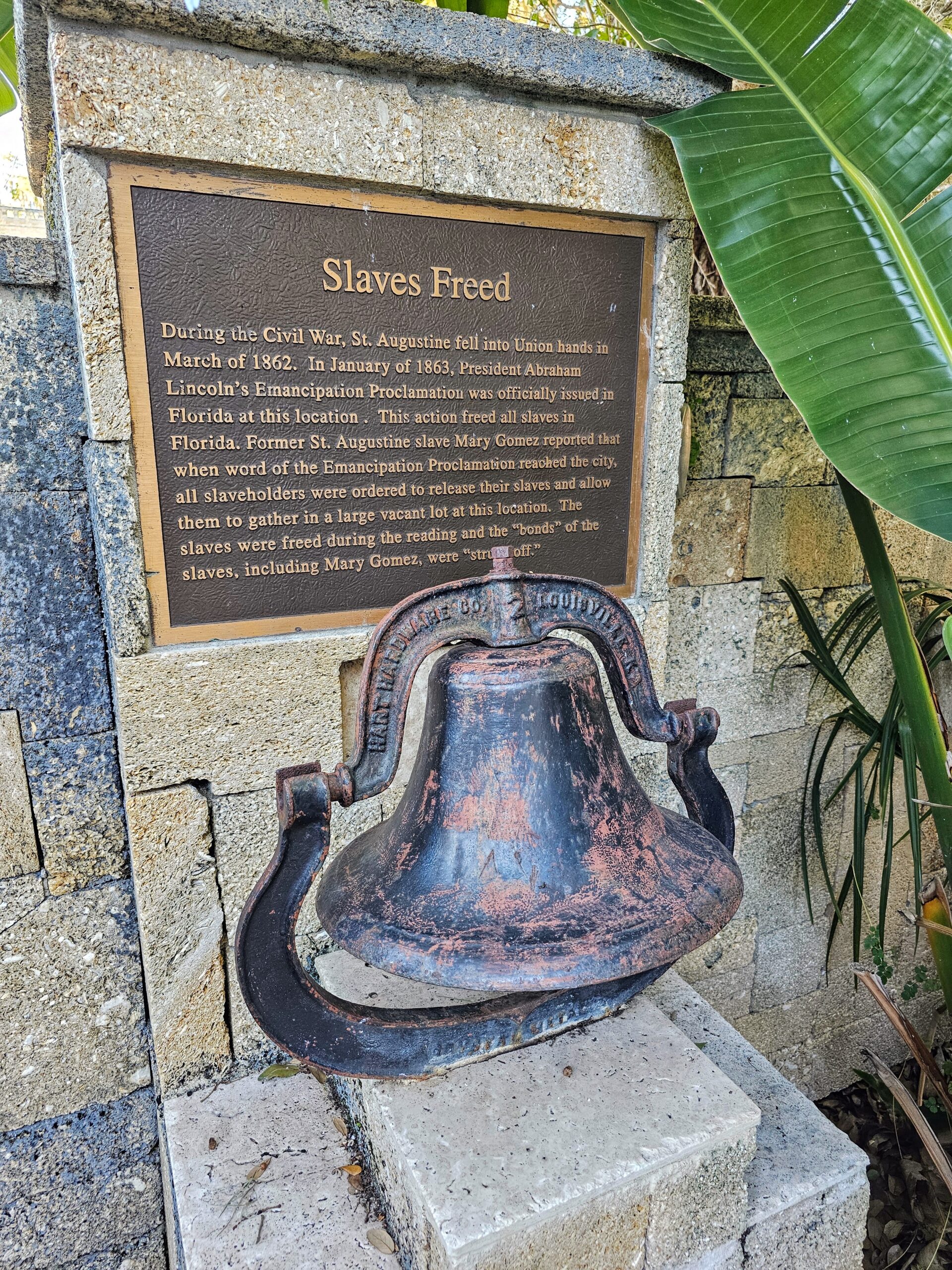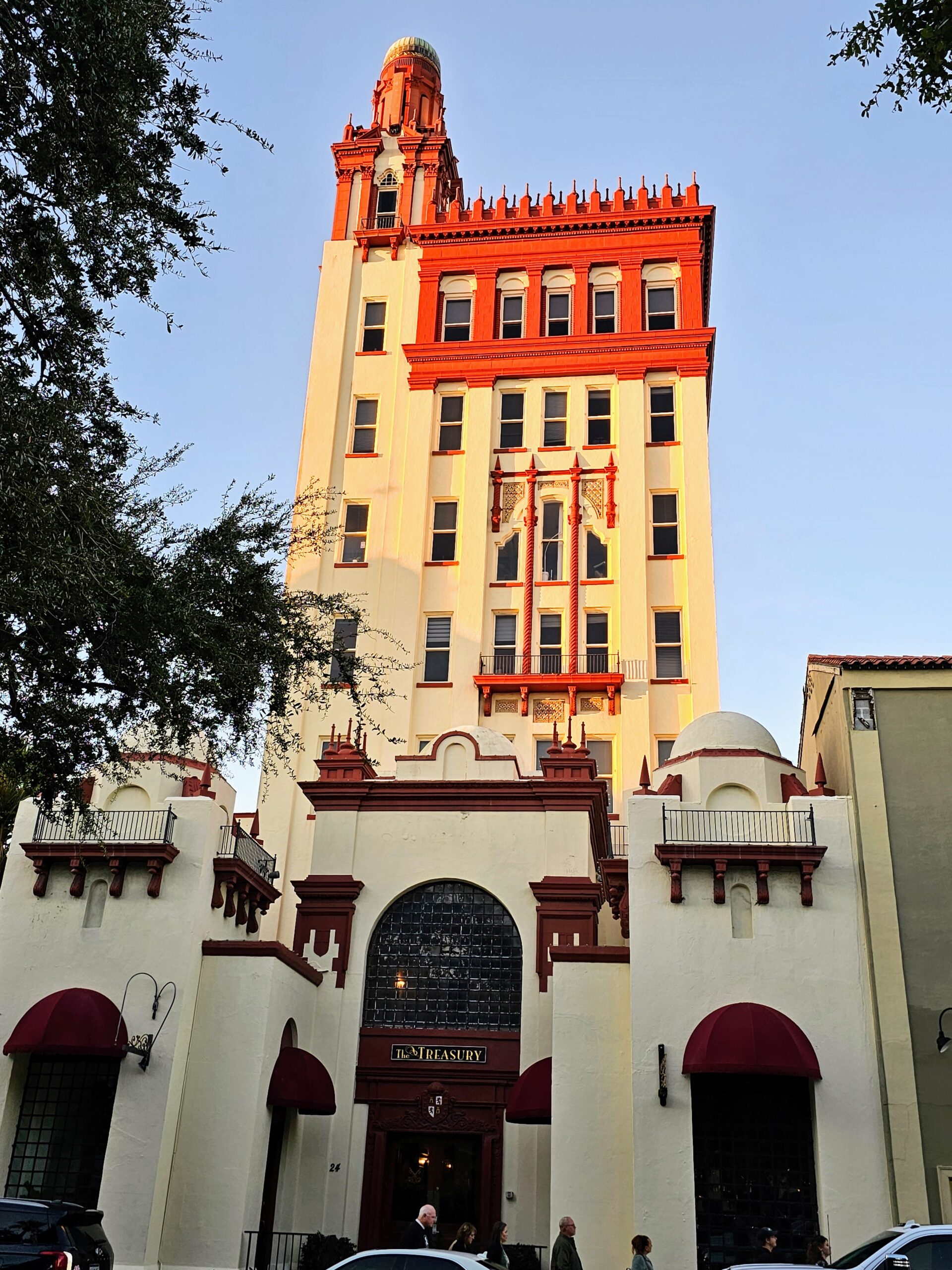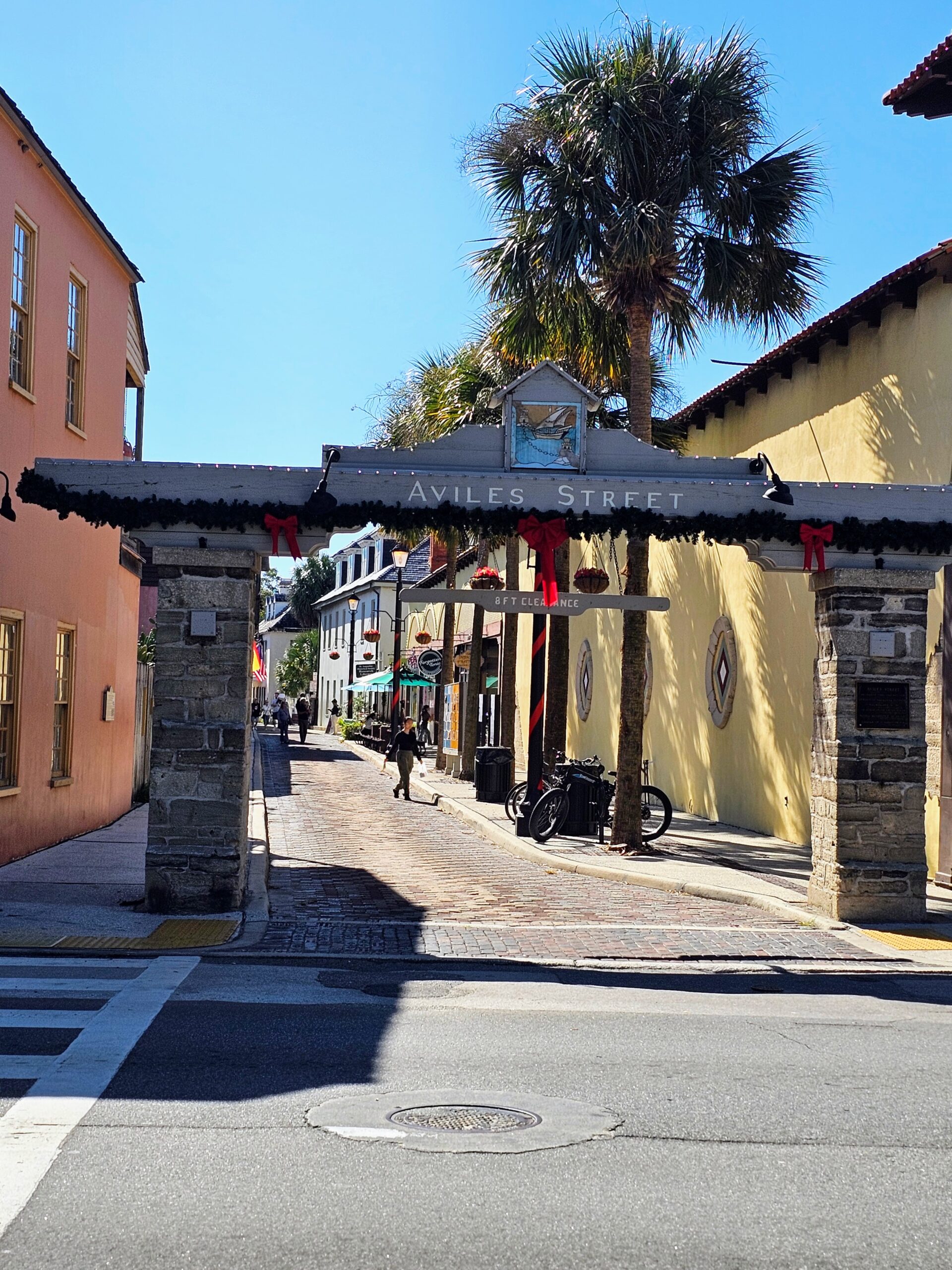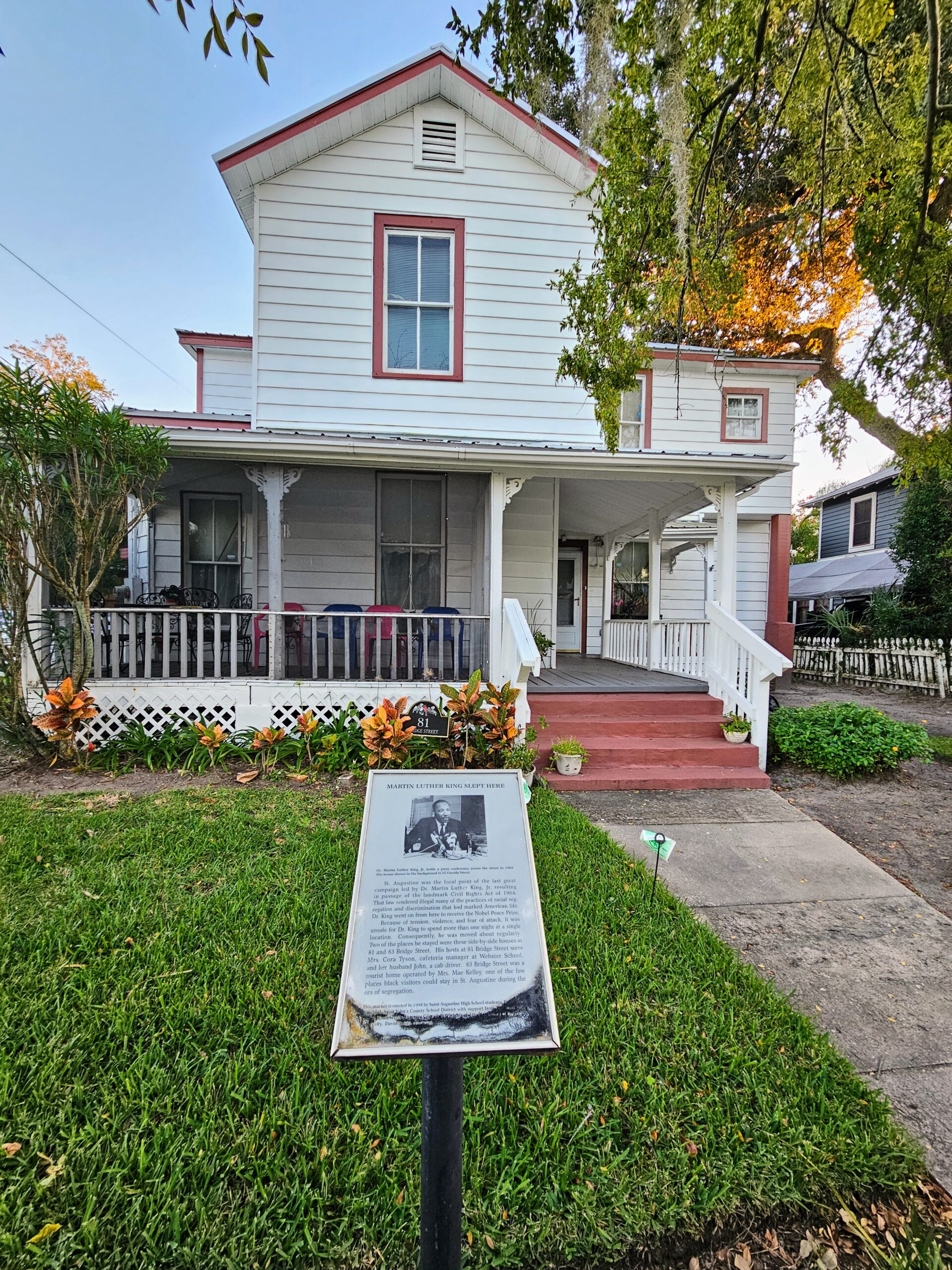Our last stop of this trip was on Amelia Island, a quiet scenic spot directly adjacent to the border with Georgia. Rather than take the short route we drove along the coast and stopped for lunch in Jacksonville Beach, yet another beautiful spot.
Taking the coastal route did require us to take a short ferry ride across the St. John’s River onto Amelia Island.
I was amazed at how many pelicans were nesting at the ferry terminal.
We drove another 30 minutes to the north end of Amelia Island and checked into the Elizabeth Pointe Hotel. We stayed in the small building to the right of the main hotel.
Which had an excellent view of the beach.
We took a short hike before sunset on the Egan’s Creek Greenway Trail, only a mile from the hotel. Beautiful spot! There are sometimes alligators here, but we only saw birds.
It looked like it would make a great spot for kayaking!
The next day we spent some time lounging on the beach in front of the hotel.
The beach was mostly empty this time of year, but the weather was great!
We found another giant chair on the beach at a restaurant adjacent to our hotel. These chairs seem to be a trend throughout the areas we’ve visited in Florida.
That afternoon we had a boat tour of the Amelia River that departed out of the little and very cute town of Fernandina. First we cruised by the industrial port area, which even has a container crane, albeit a quite small one by today’s standards.
This facility makes cellulose material for cardboard boxes, and is the largest employer on Amelia Island.
Our tour guide mentioned this house was featured in the movie Pipi Longstocking, which I remember seeing as a child. Terrible film!
At the entrance to the harbor is Fort Clinch, which was an important fort during the Civil War. Today the big attraction here is hunting for shark teeth along the beach. There are even massive prehistoric Megalodon teeth found here!
We cruised over to the Georgia side of the border and along Cumberland Island National Seashore, a mostly empty island known for their wild horses.
This island only has a few roads, so it’s a great spot to visit by boat.
There is plenty of wildlife, including alligators!
As well as about a dozen bottle-nose dolphins that seemed to follow our boat around. The kids onboard were very excited!
Back in Fernandina Beach we walked around the beautiful old town, and took a shot of the oldest bar in Florida. The bar exterior also features in the terrible Pipi Longstocking movie.
One last sunset from our patio.
A great trip overall, and we were surprised with how much we loved Florida. We expected the weather to be more humid than it was and to have occasional rain, but we only had one morning of showers. The people here are super friendly, and the beaches are gorgeous!
I’m including one photo from after we got back home. Our dog Corky loves to howl at the guitar, and I caught him in front of the TV letting it rip!
Coming up next for us is a South American cruise in January. Until then, happy holidays and thanks as always for reading!
